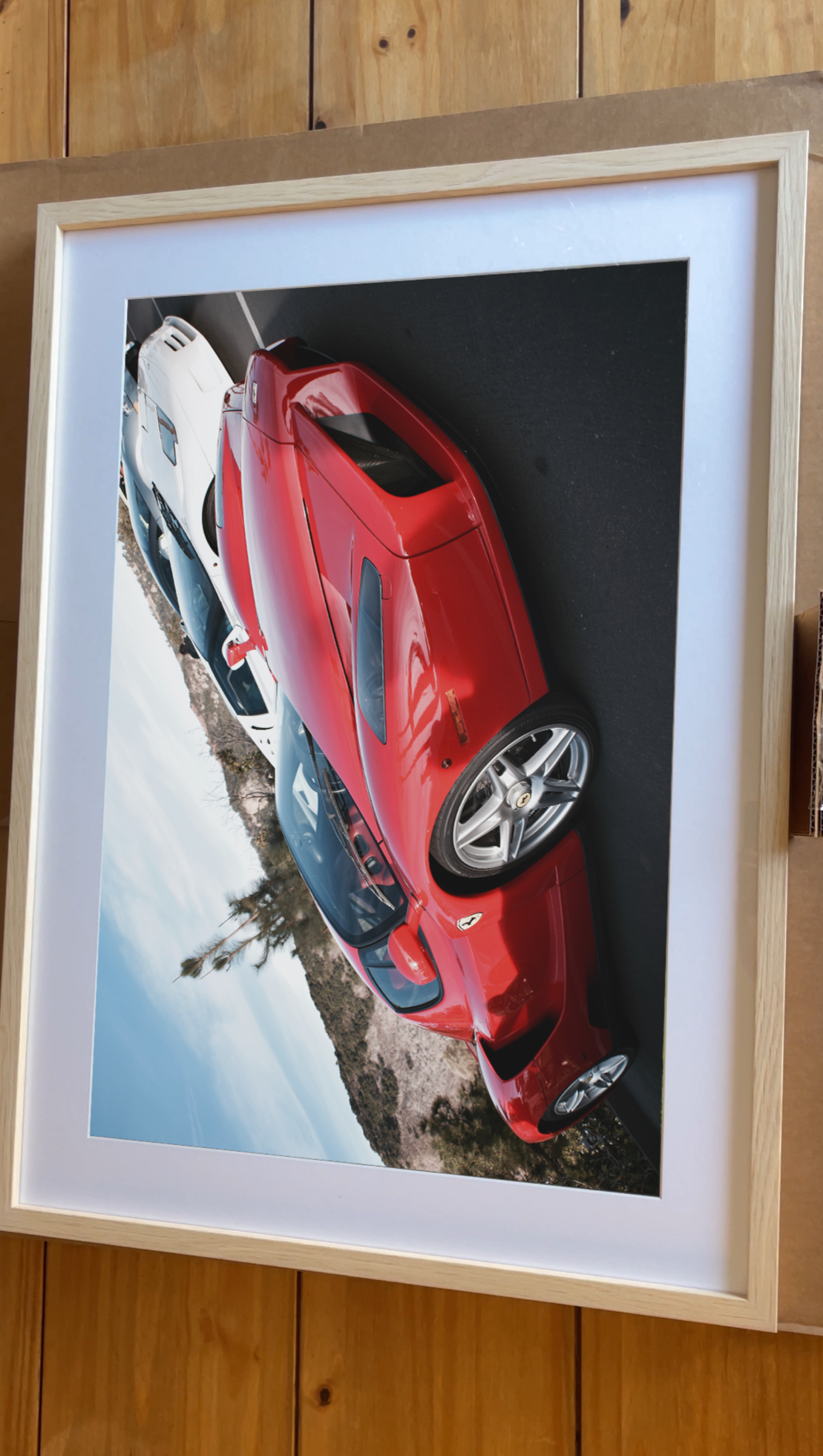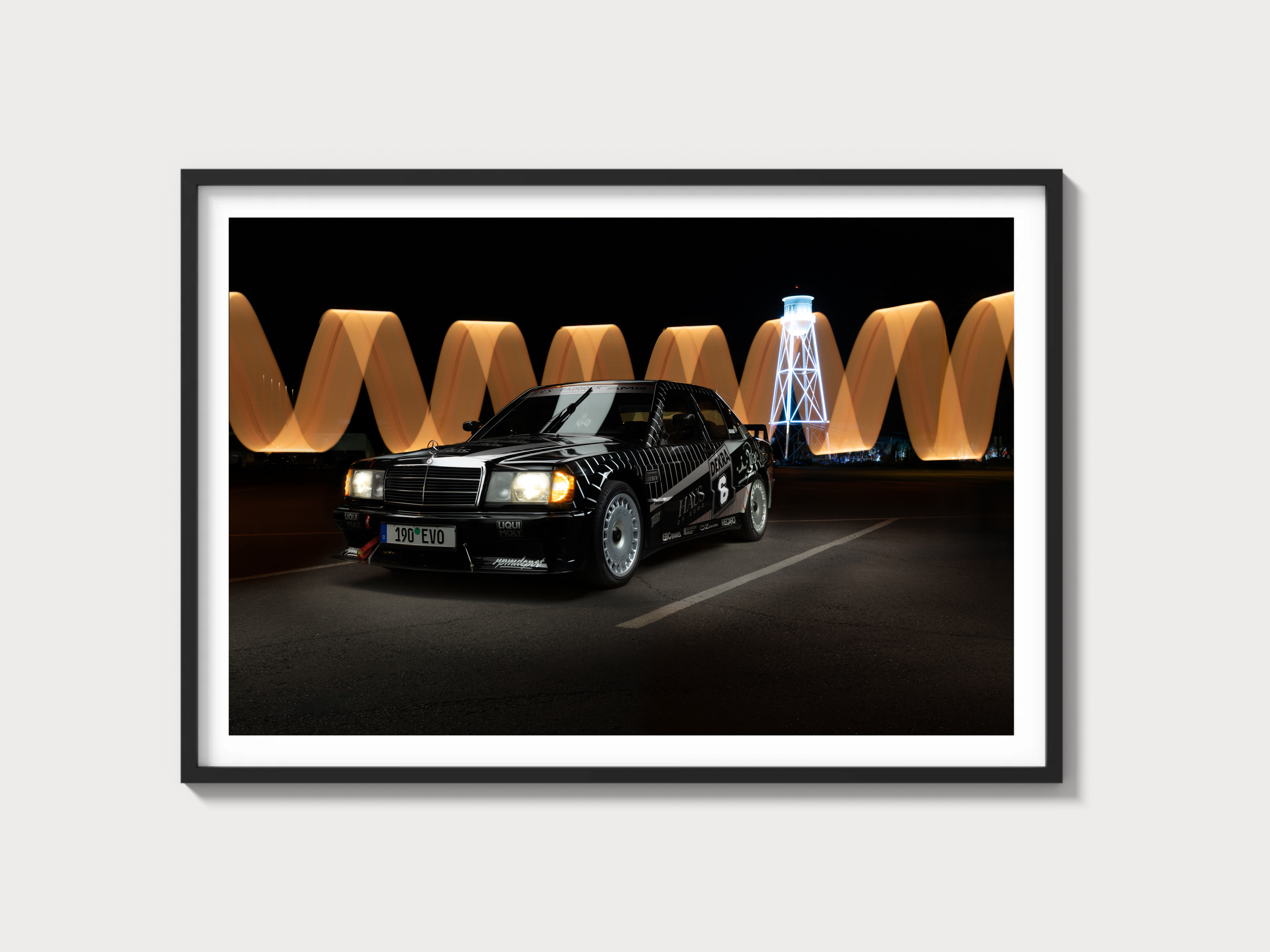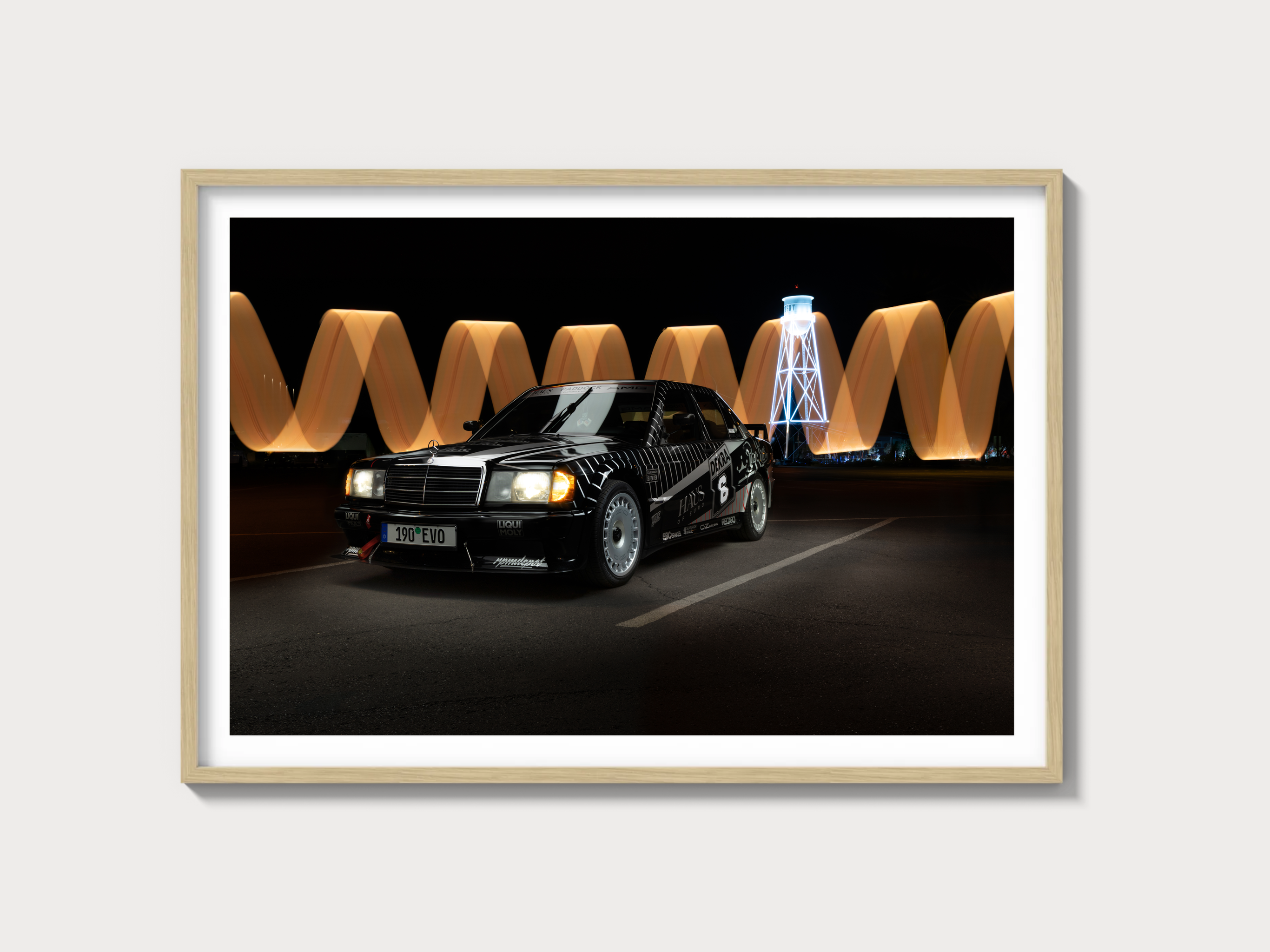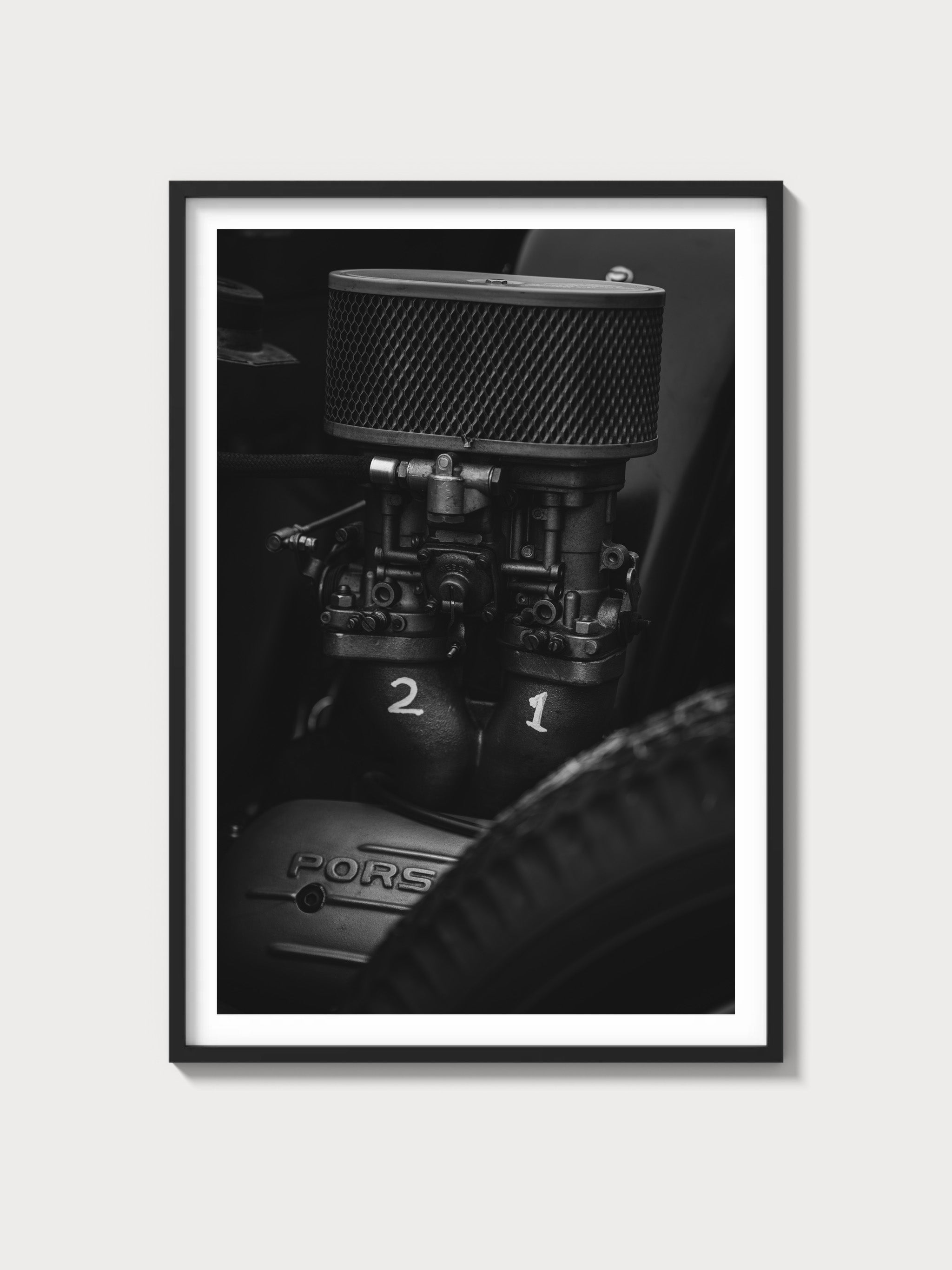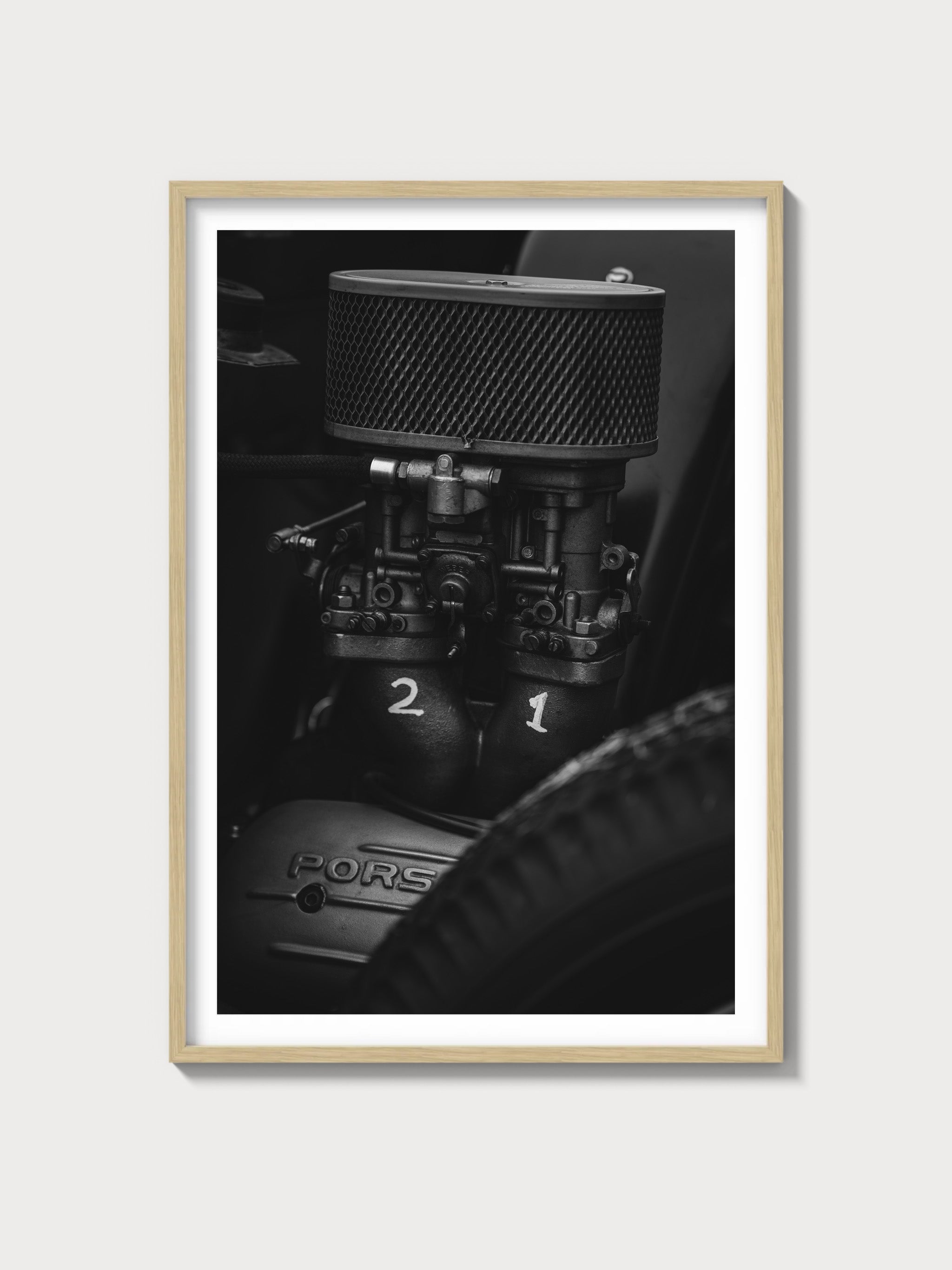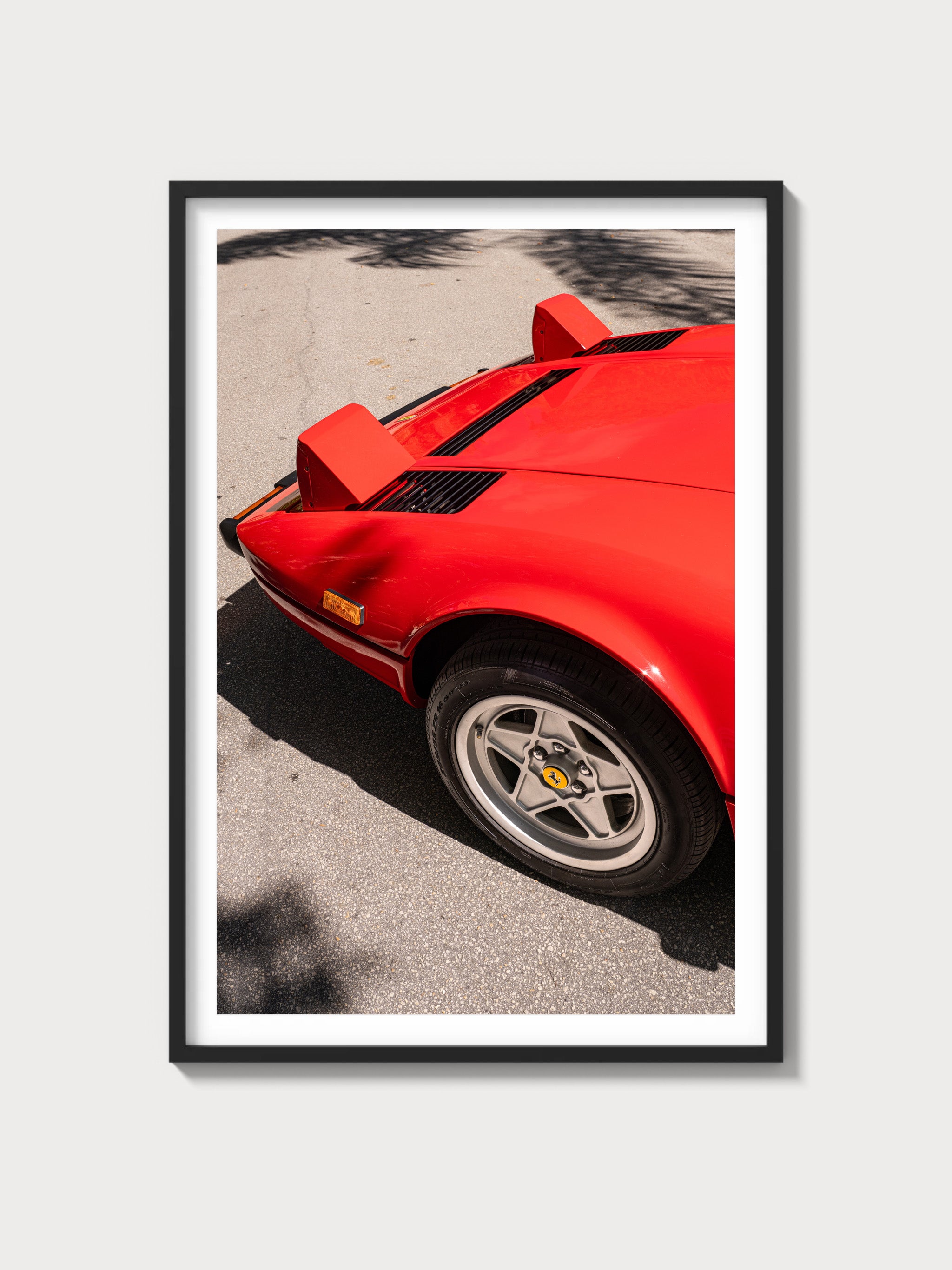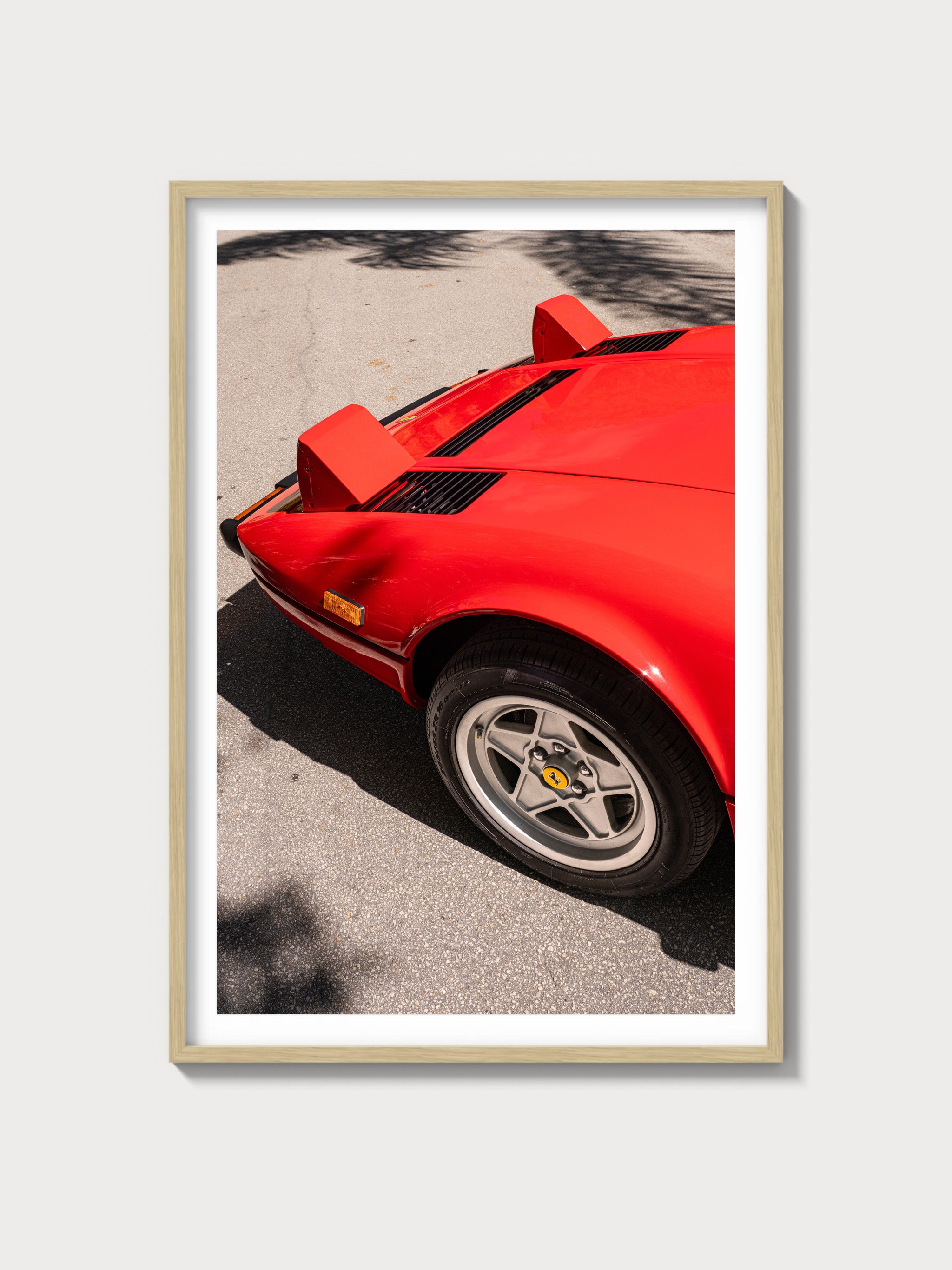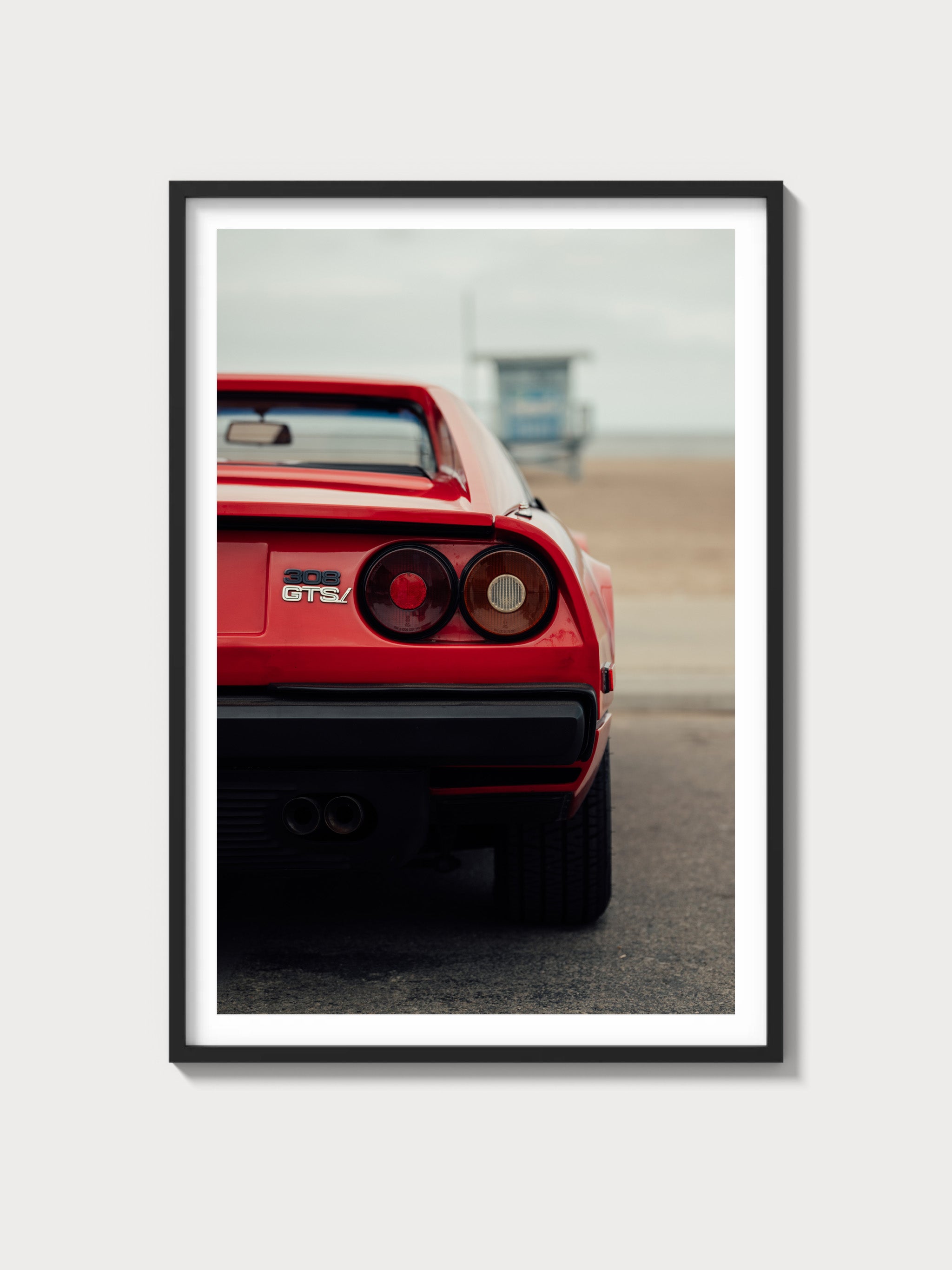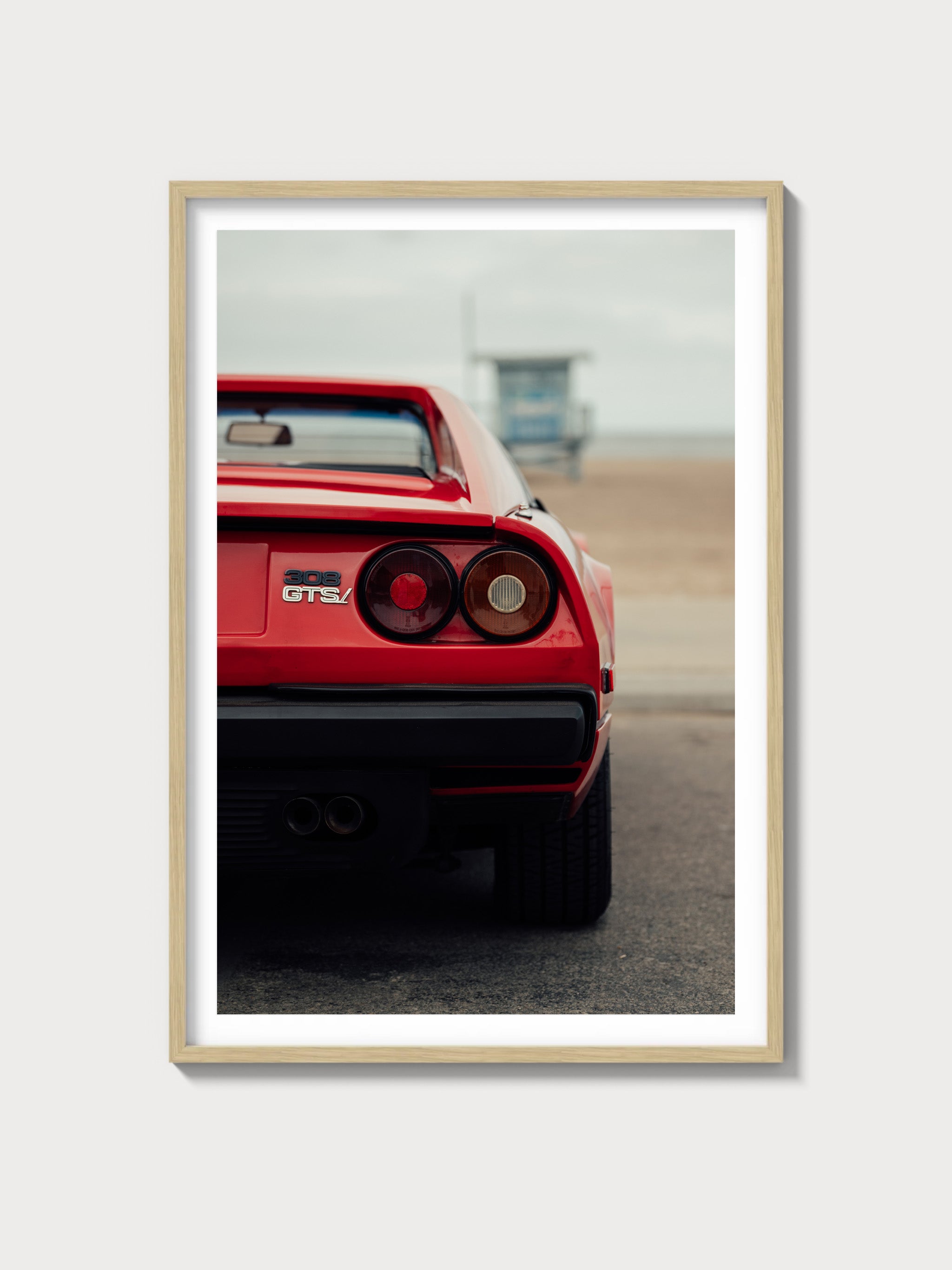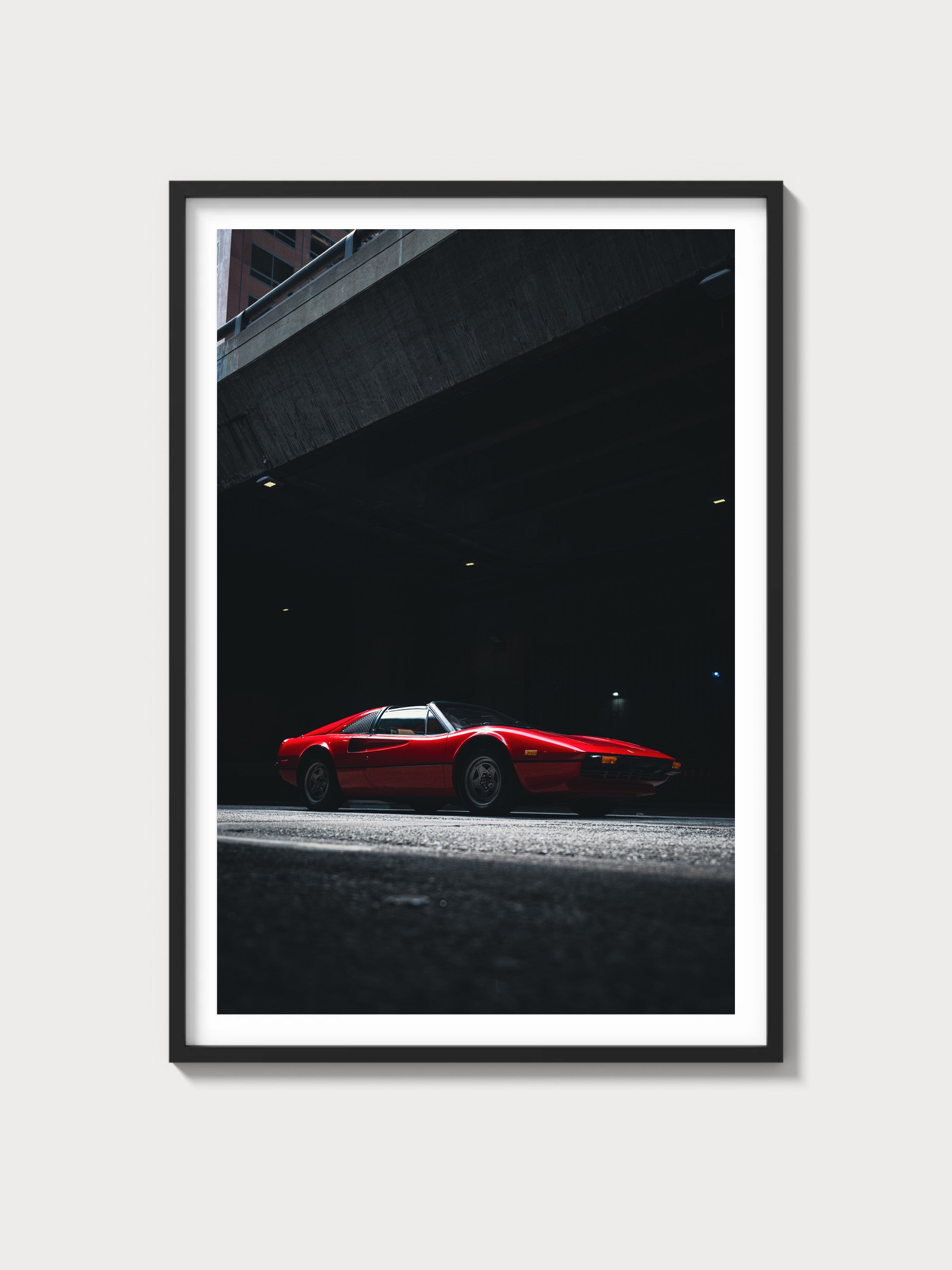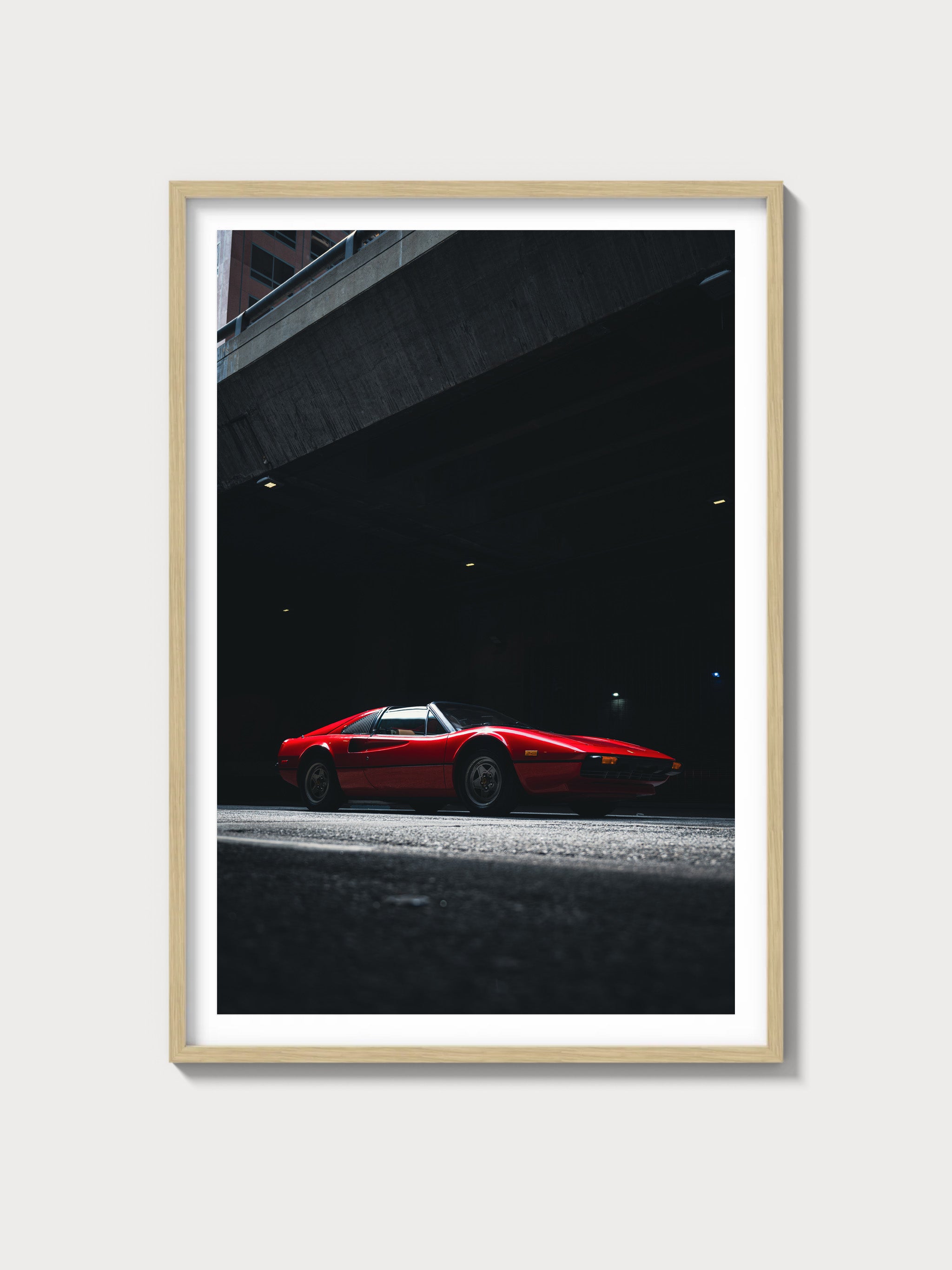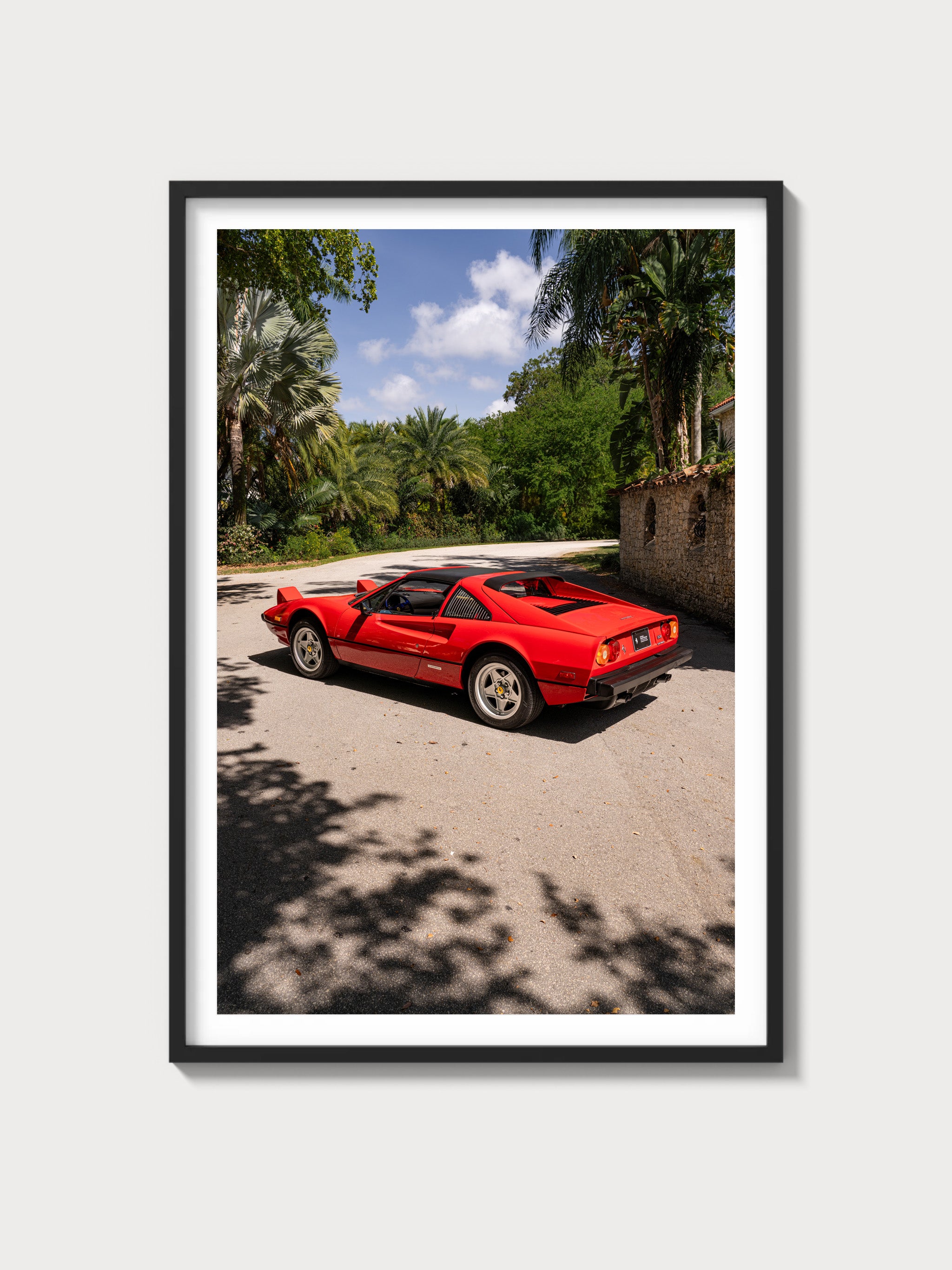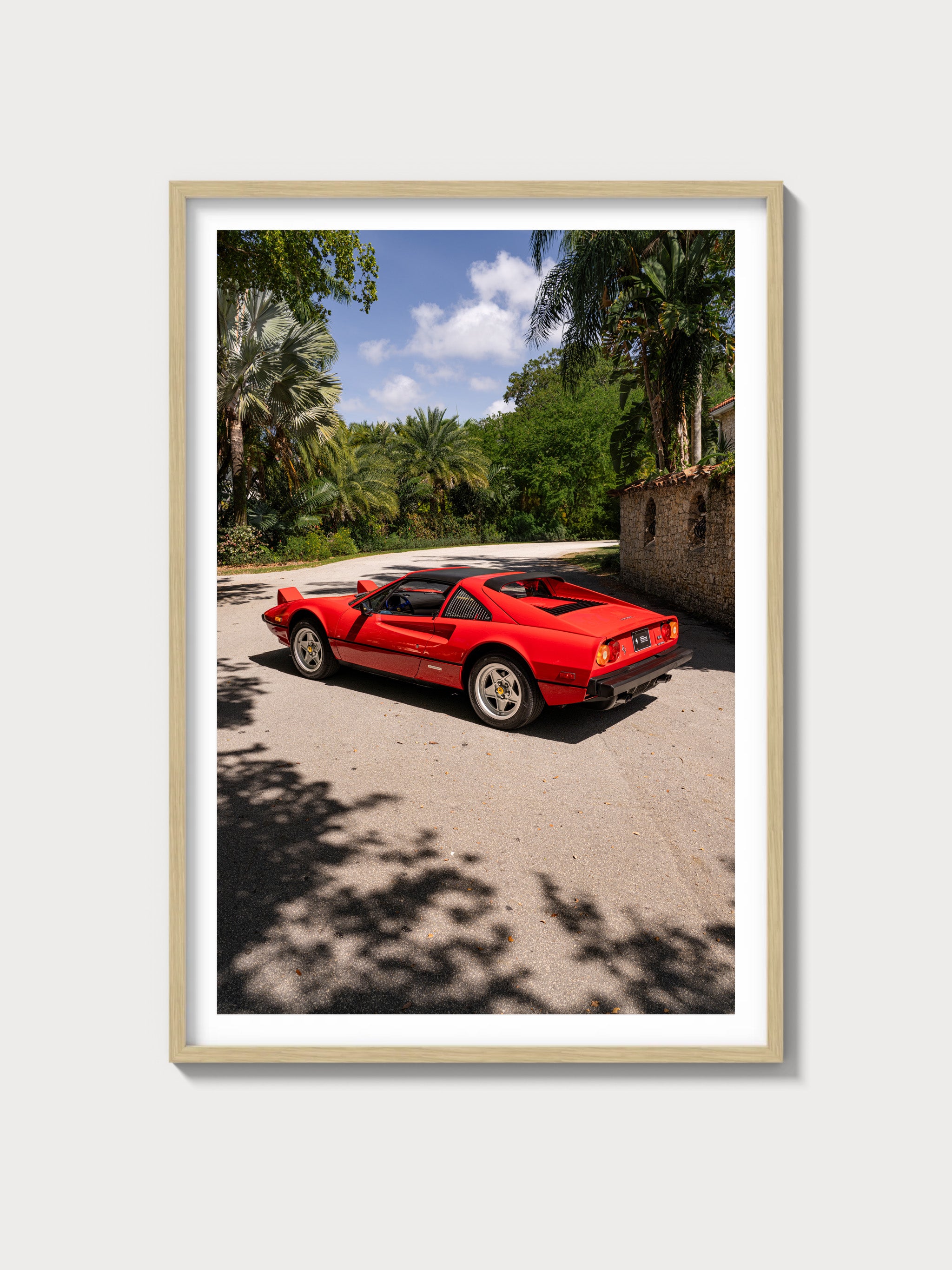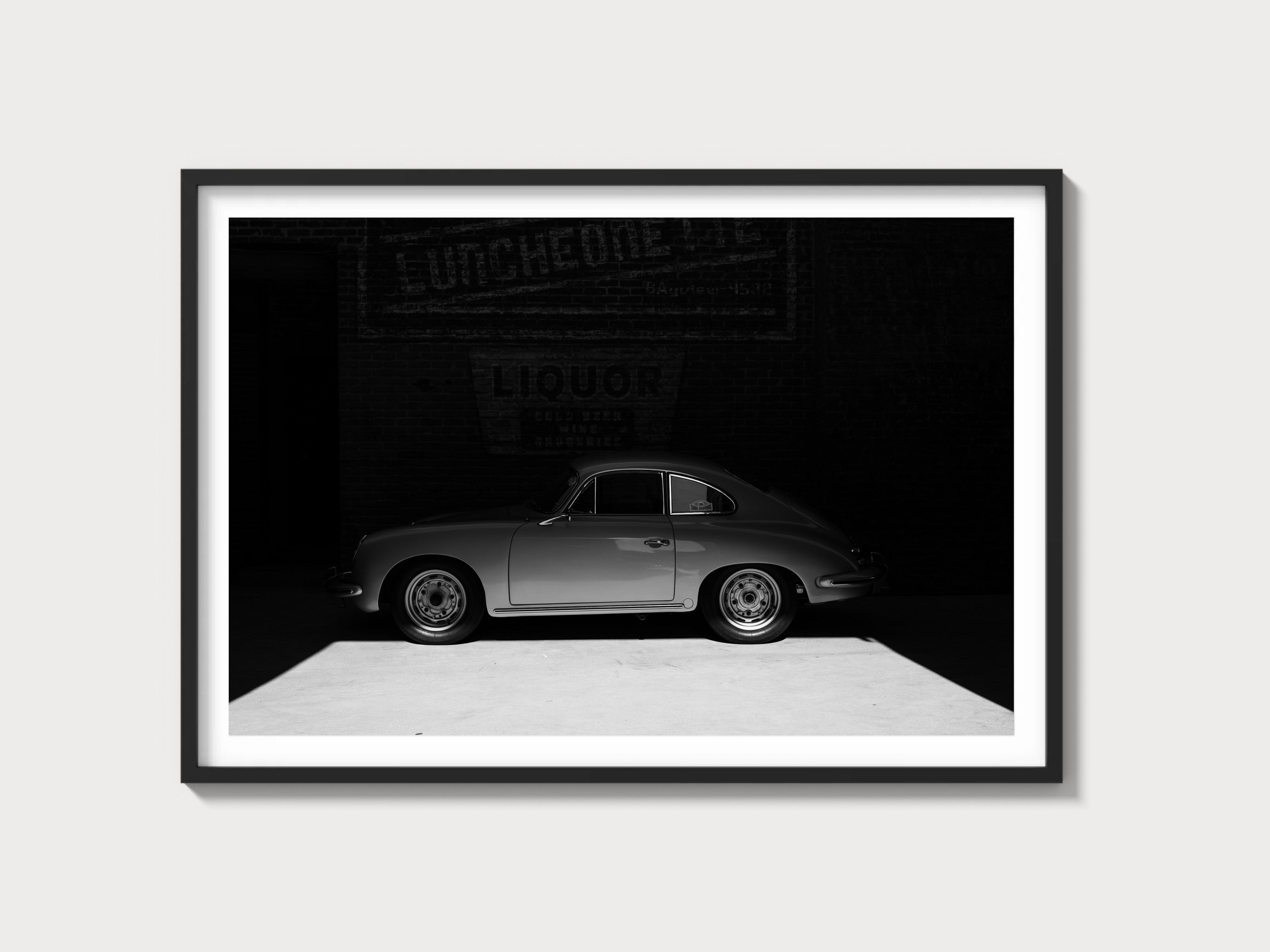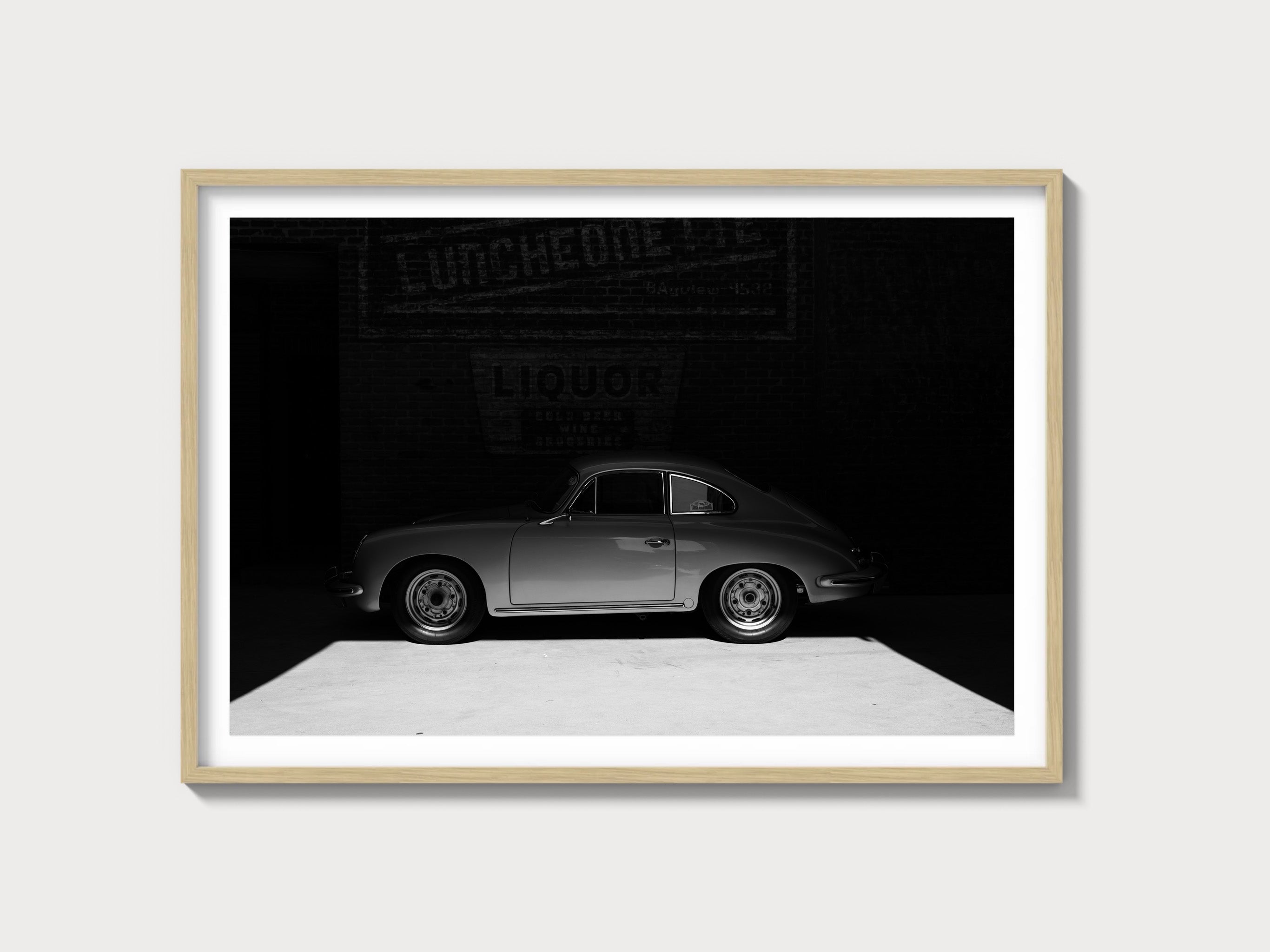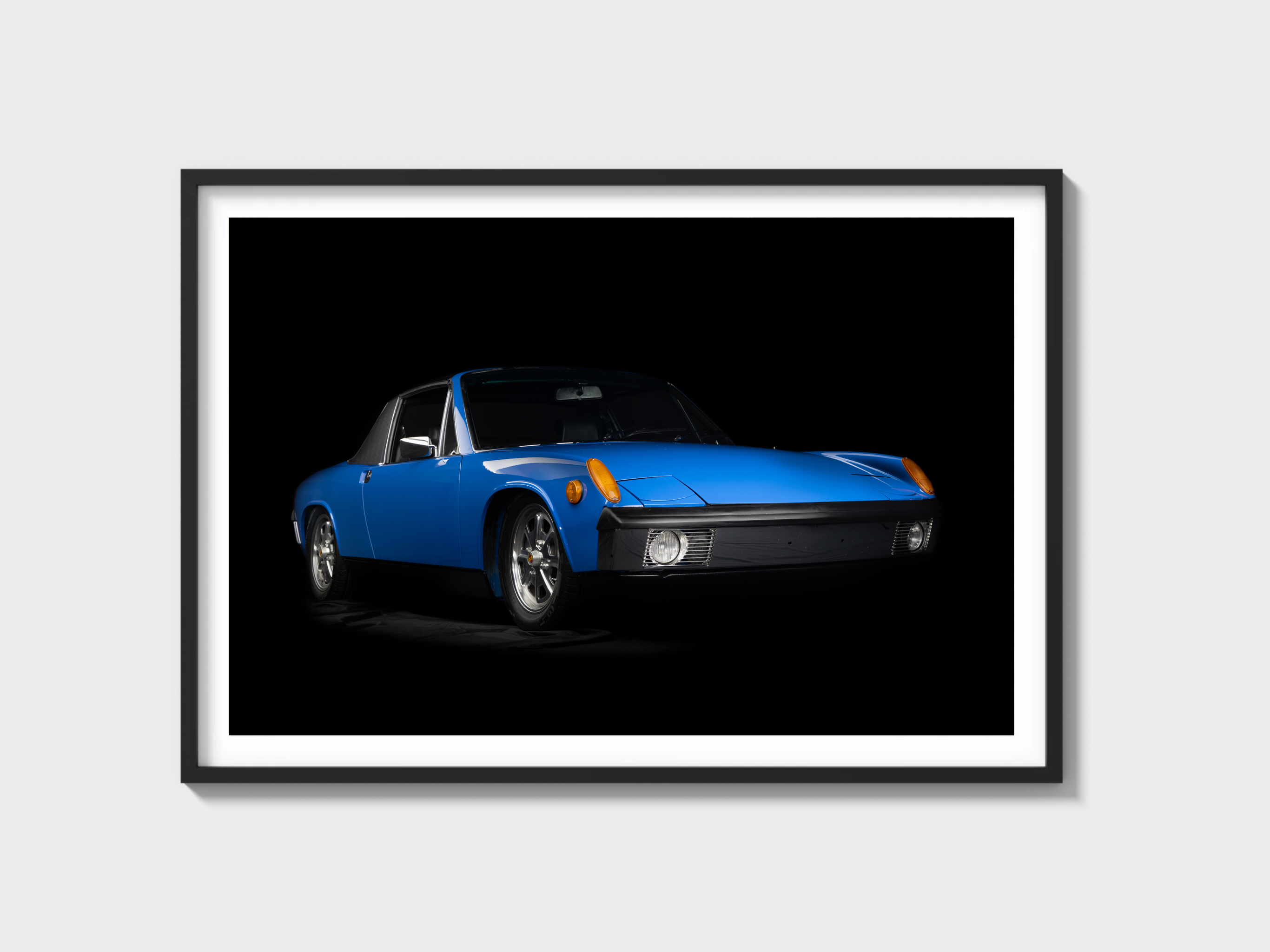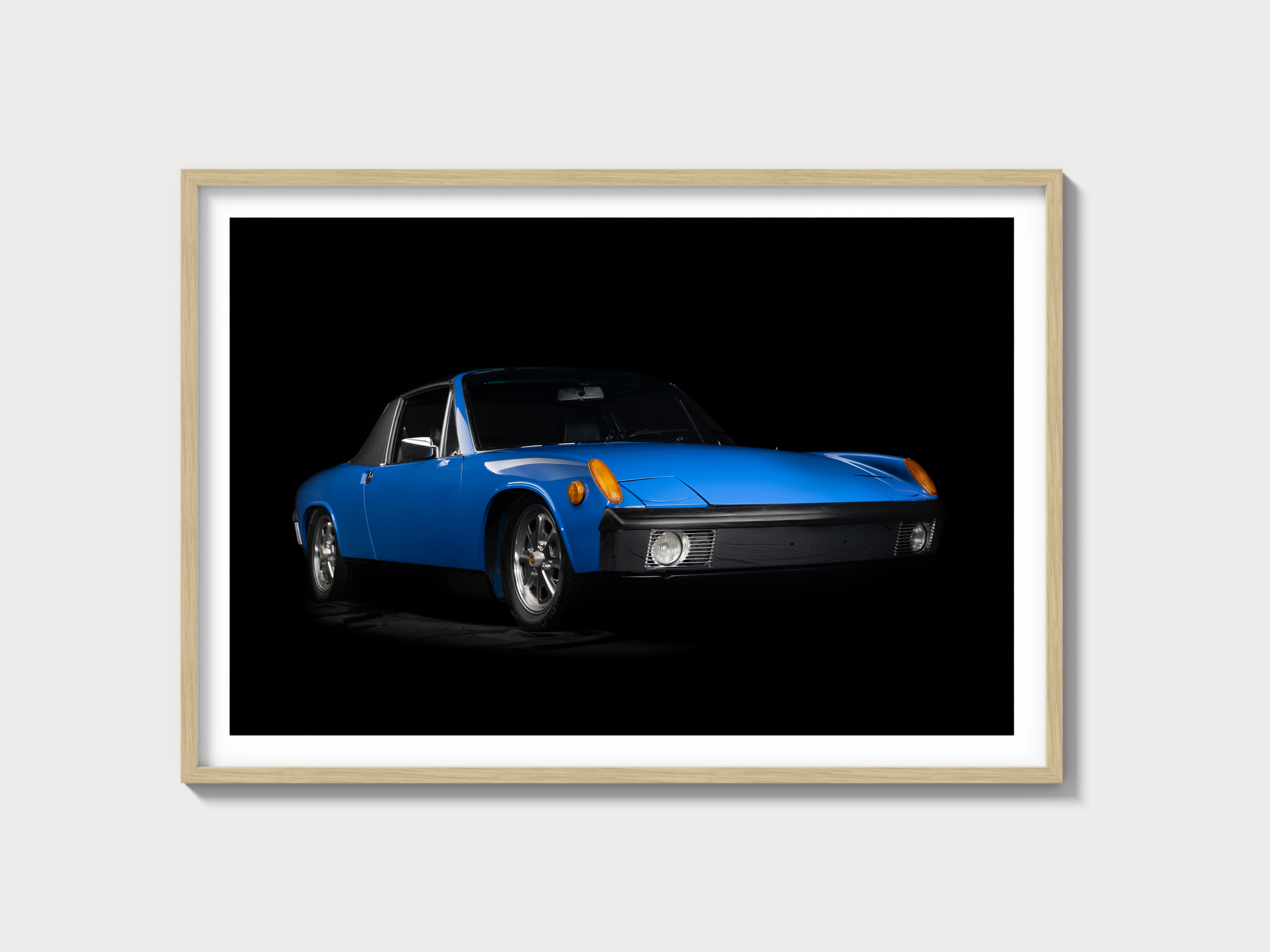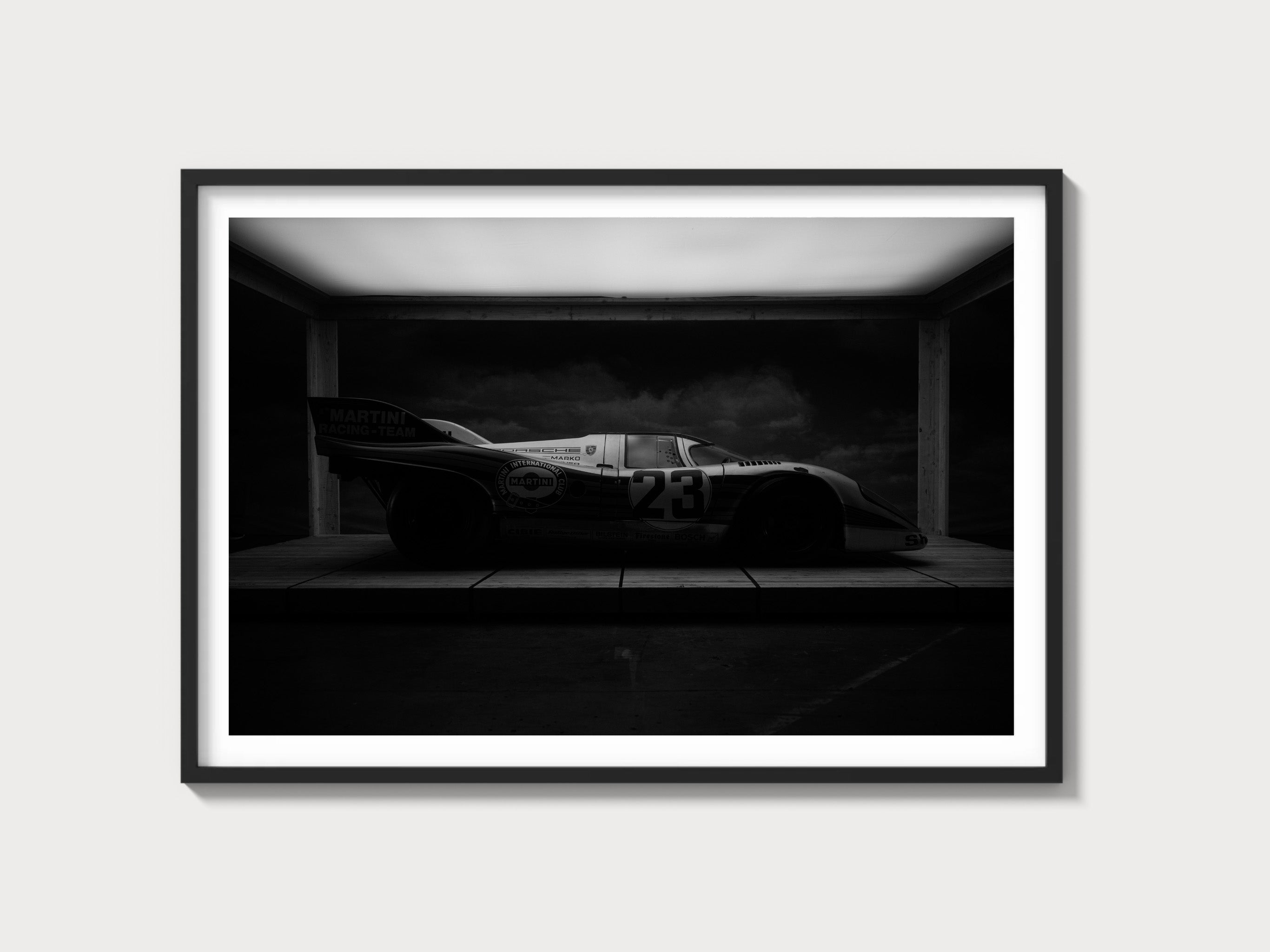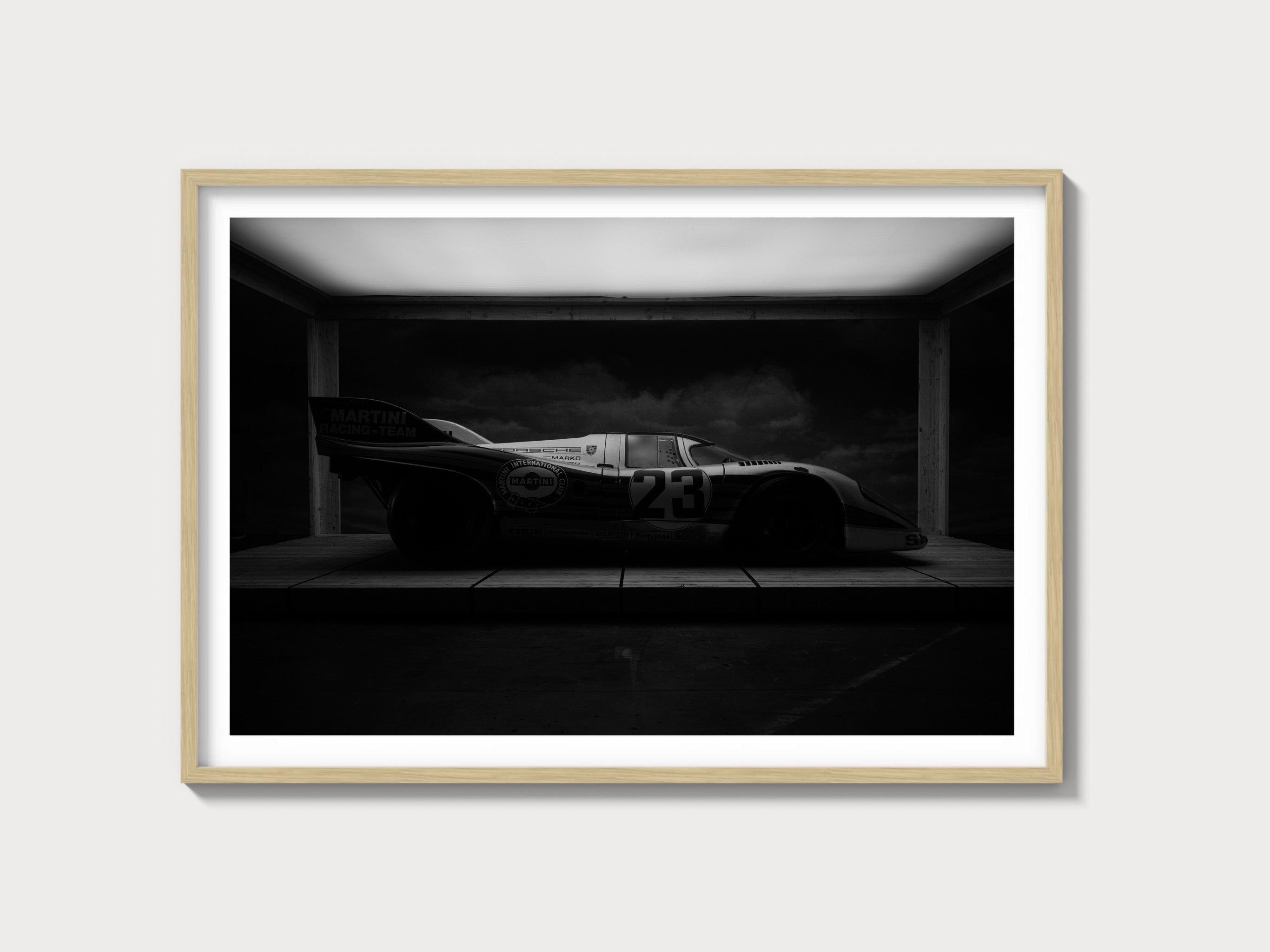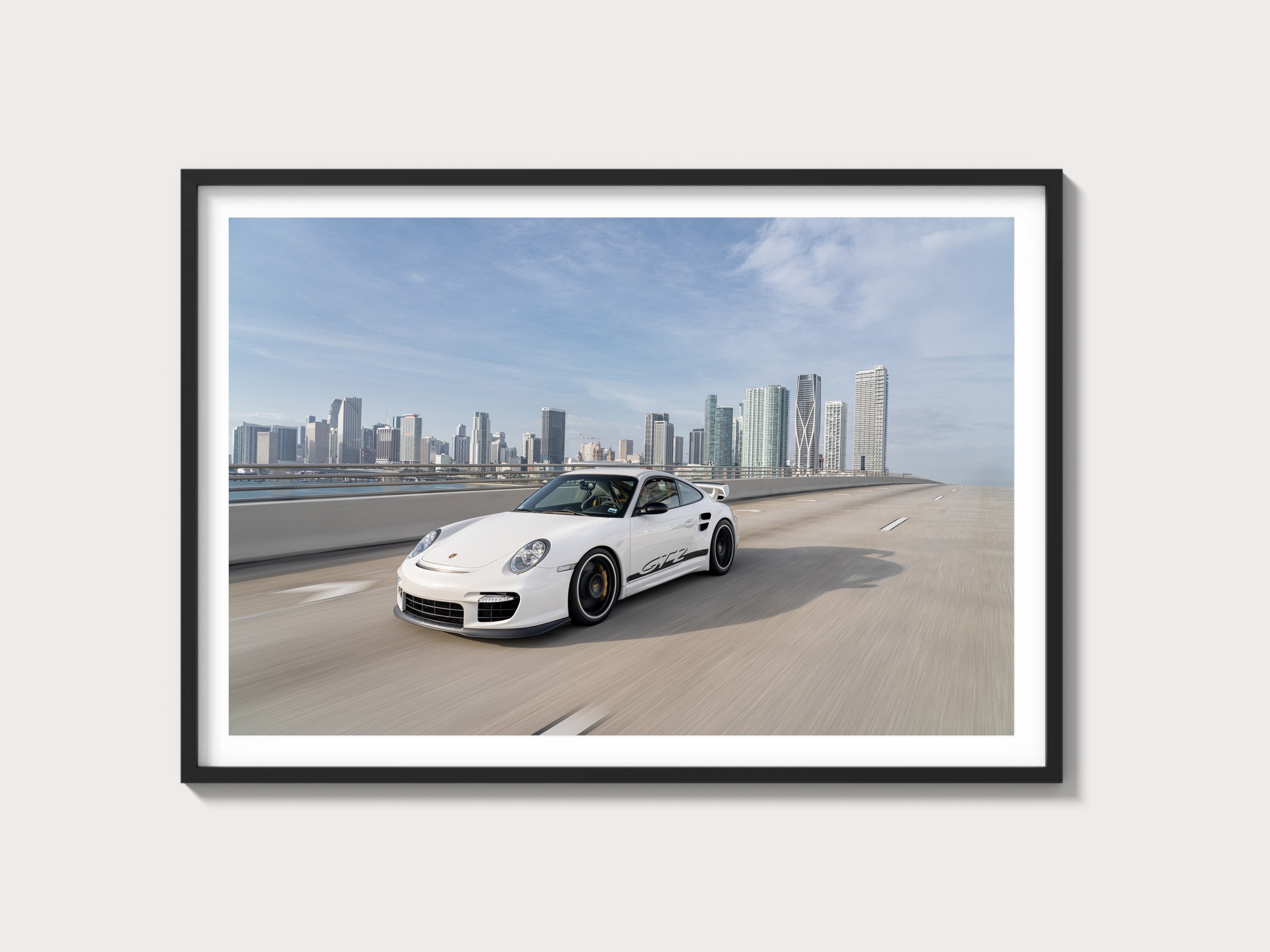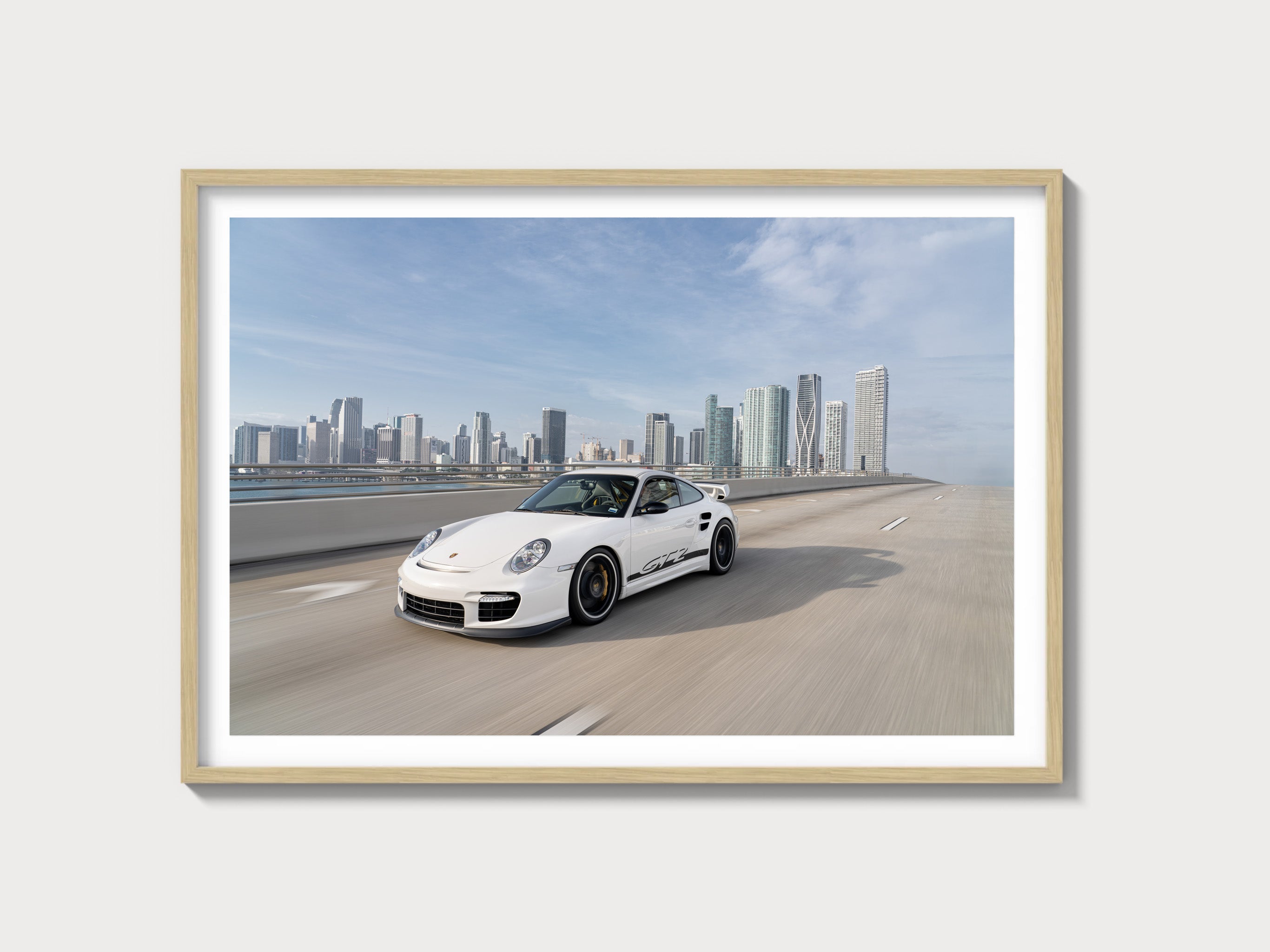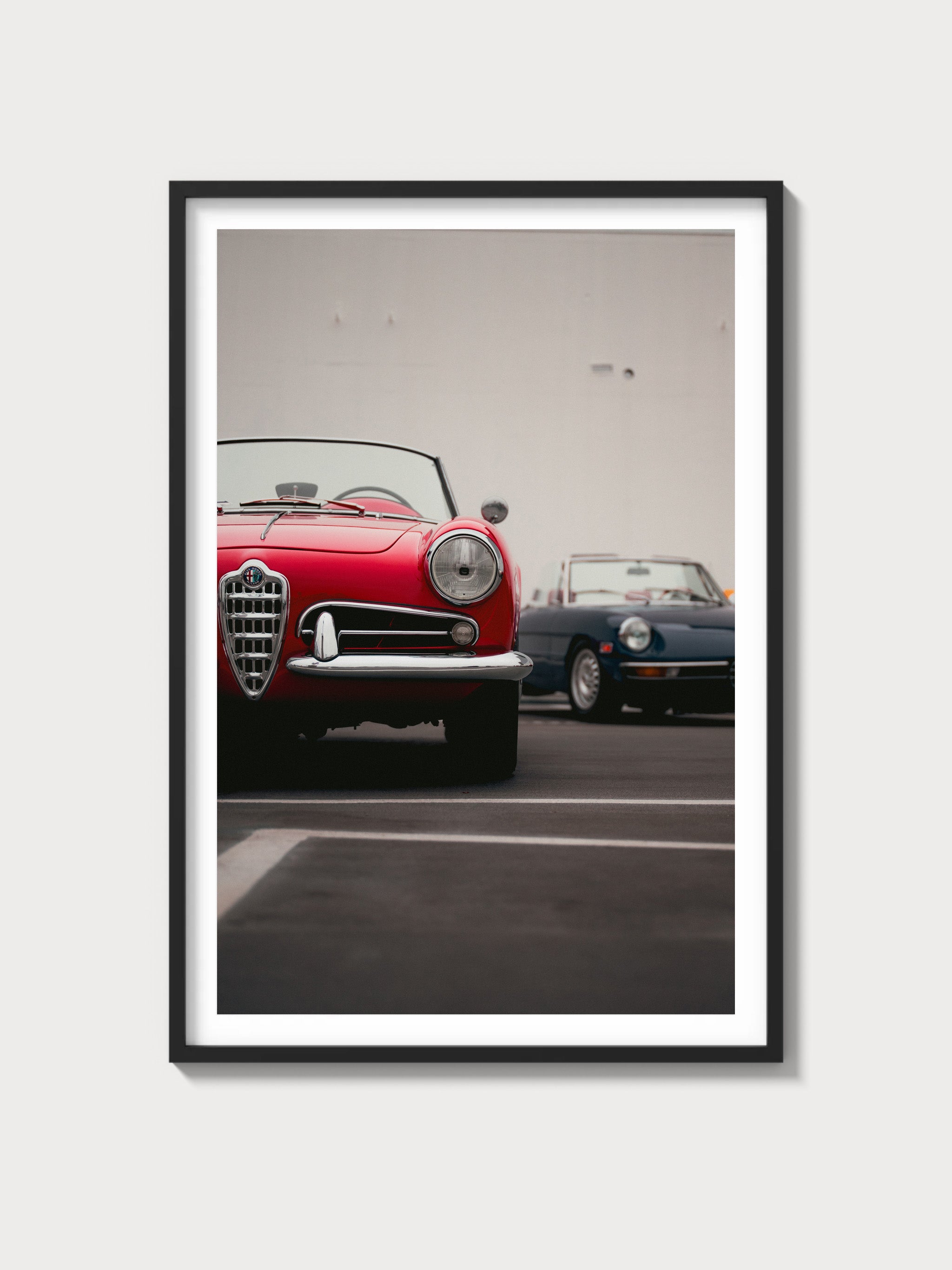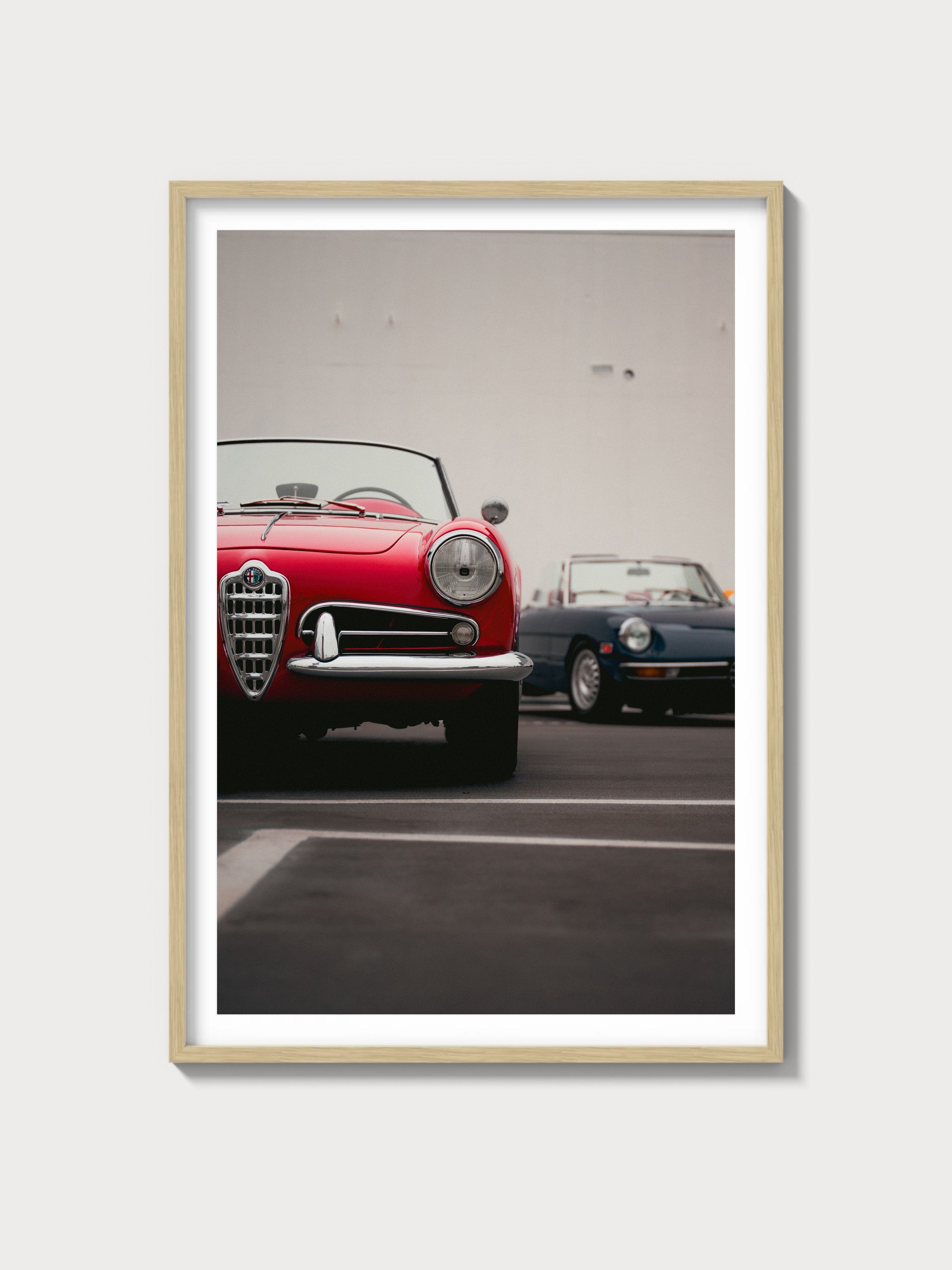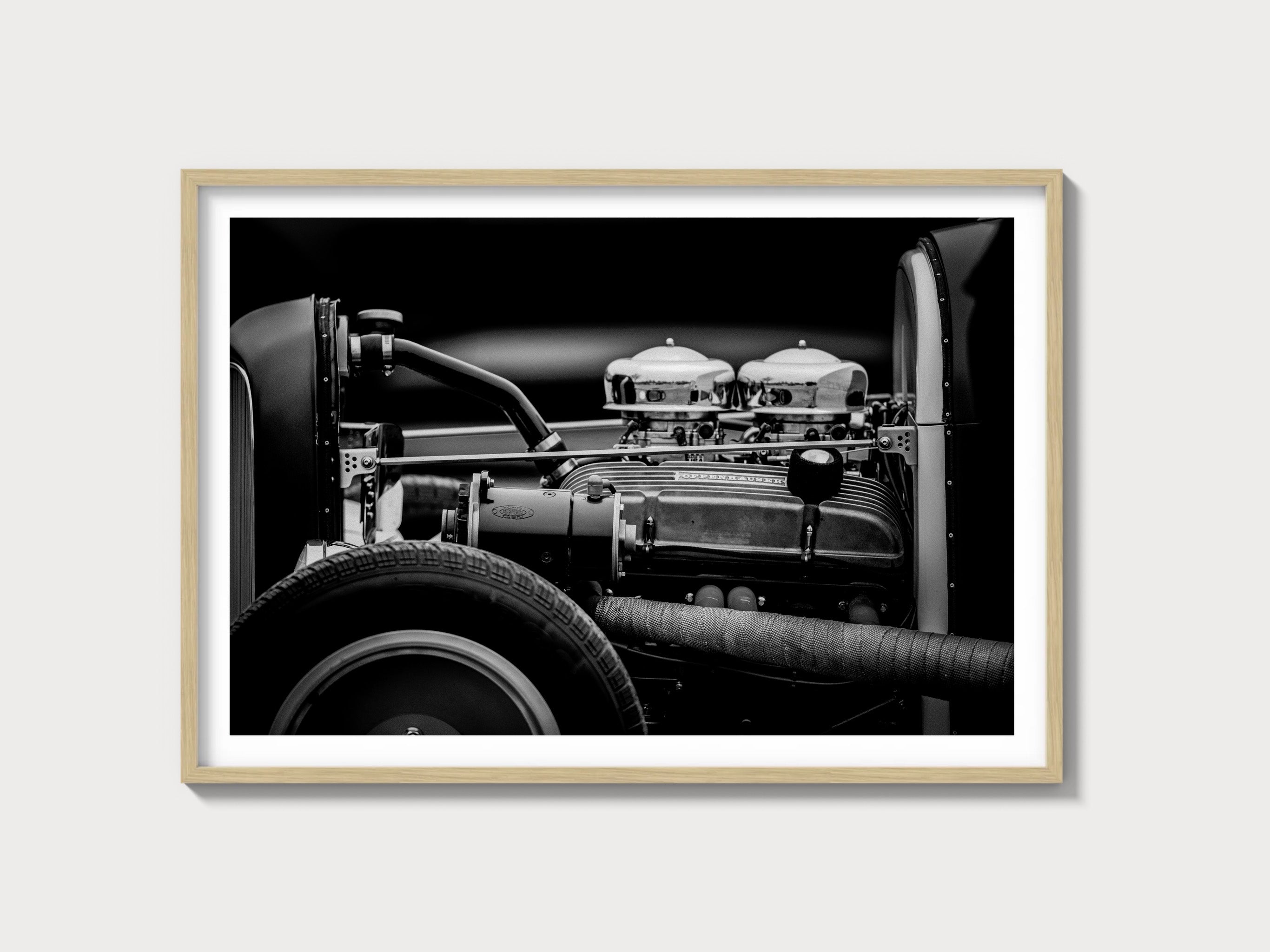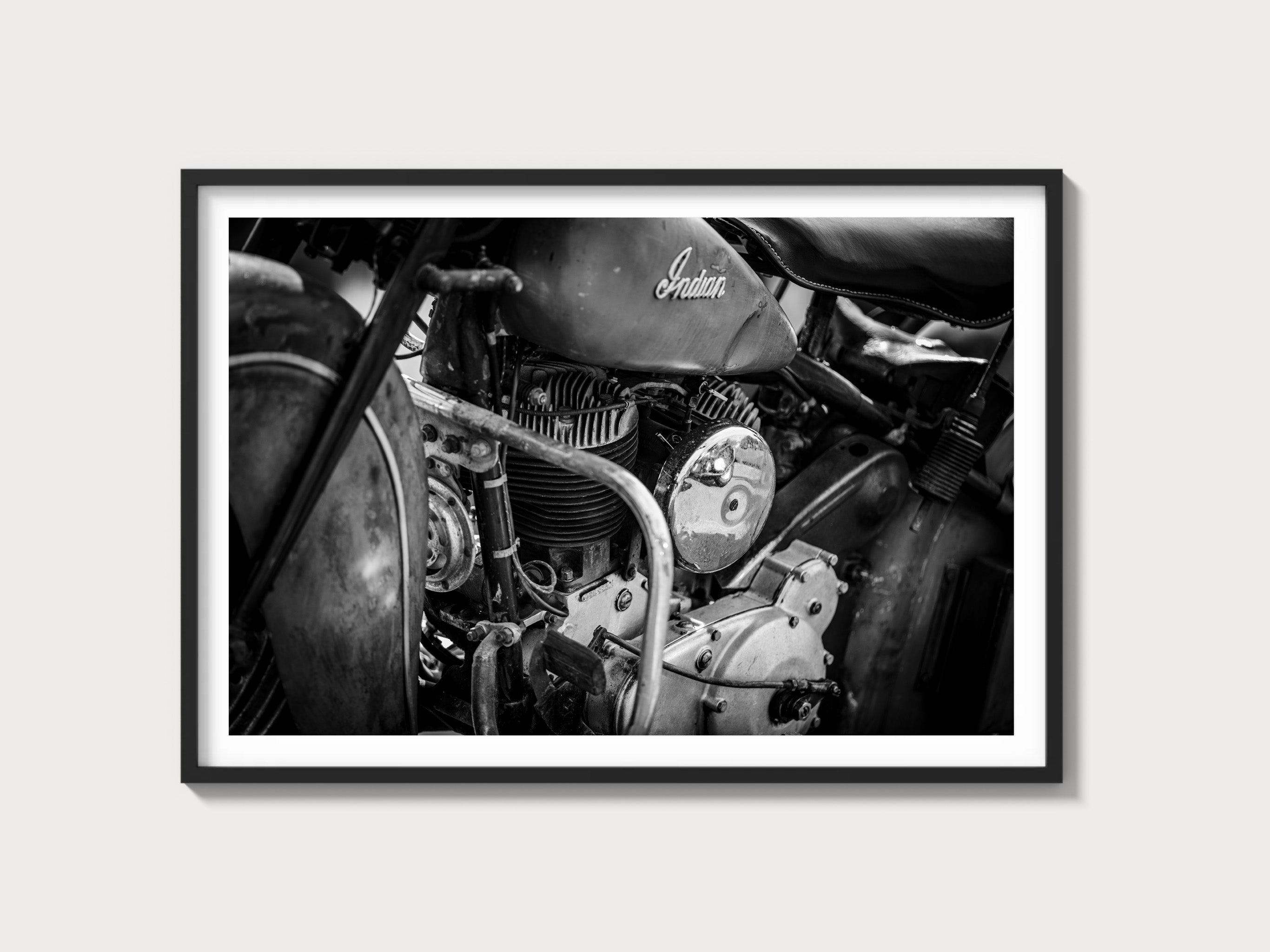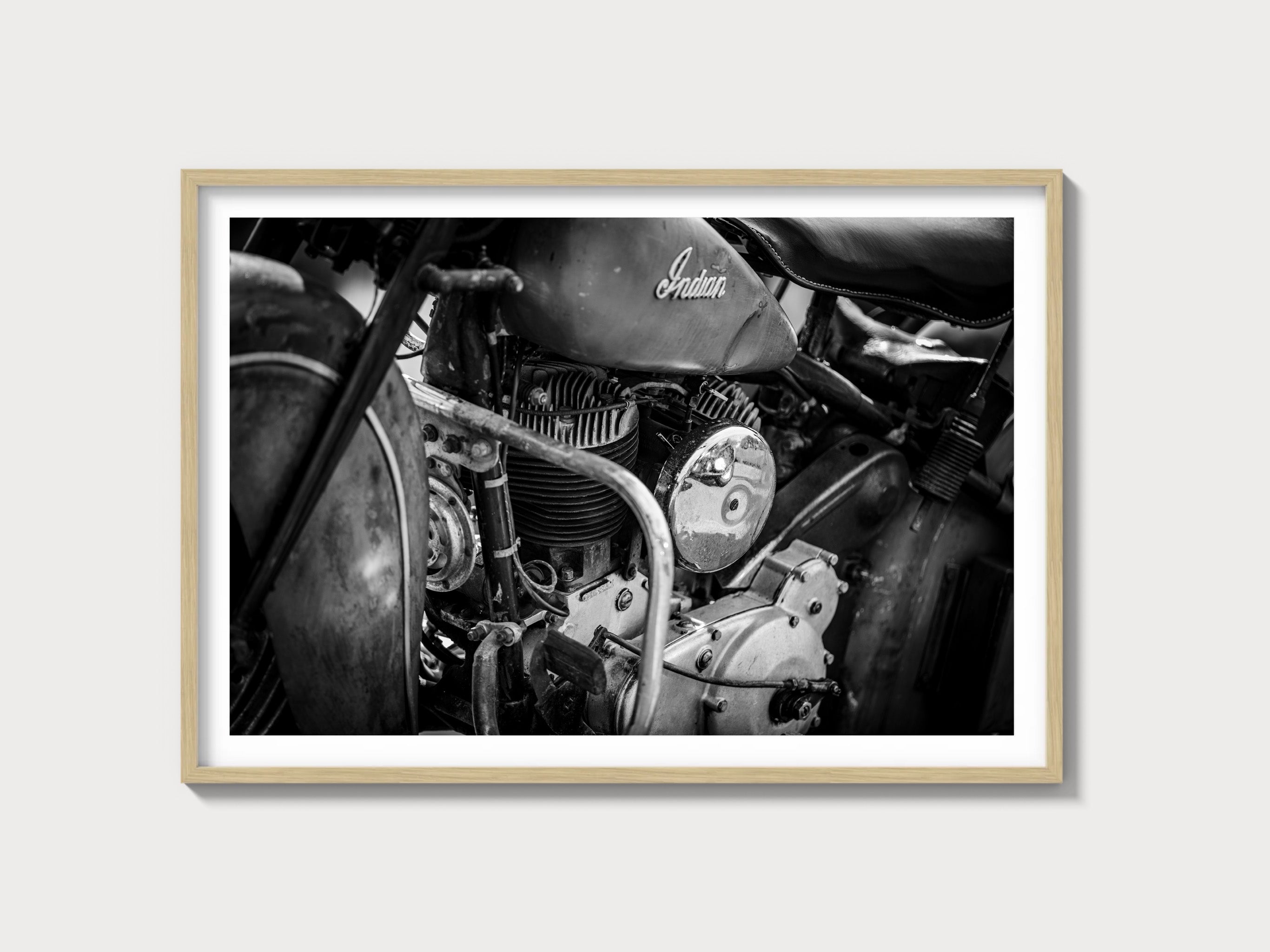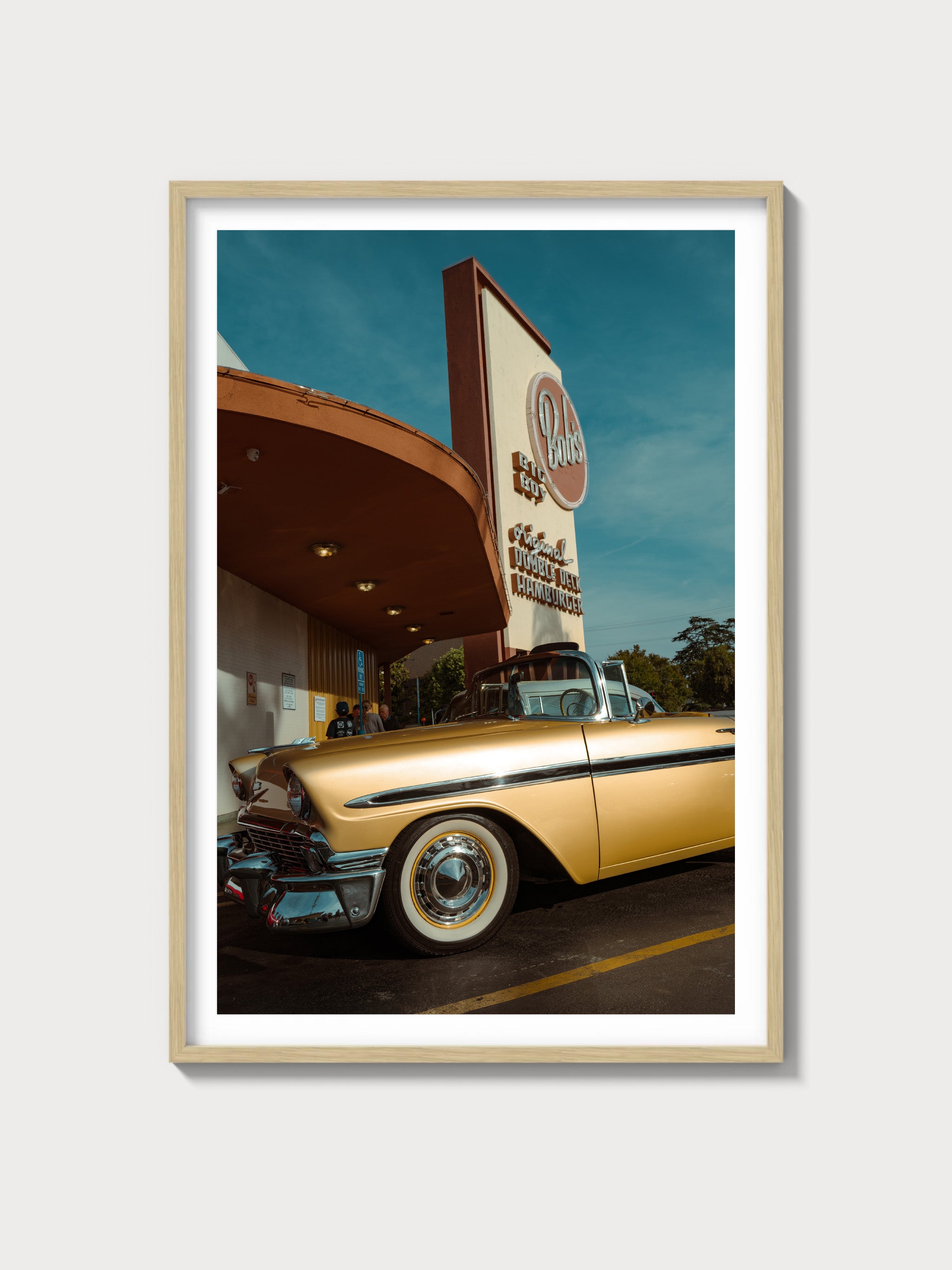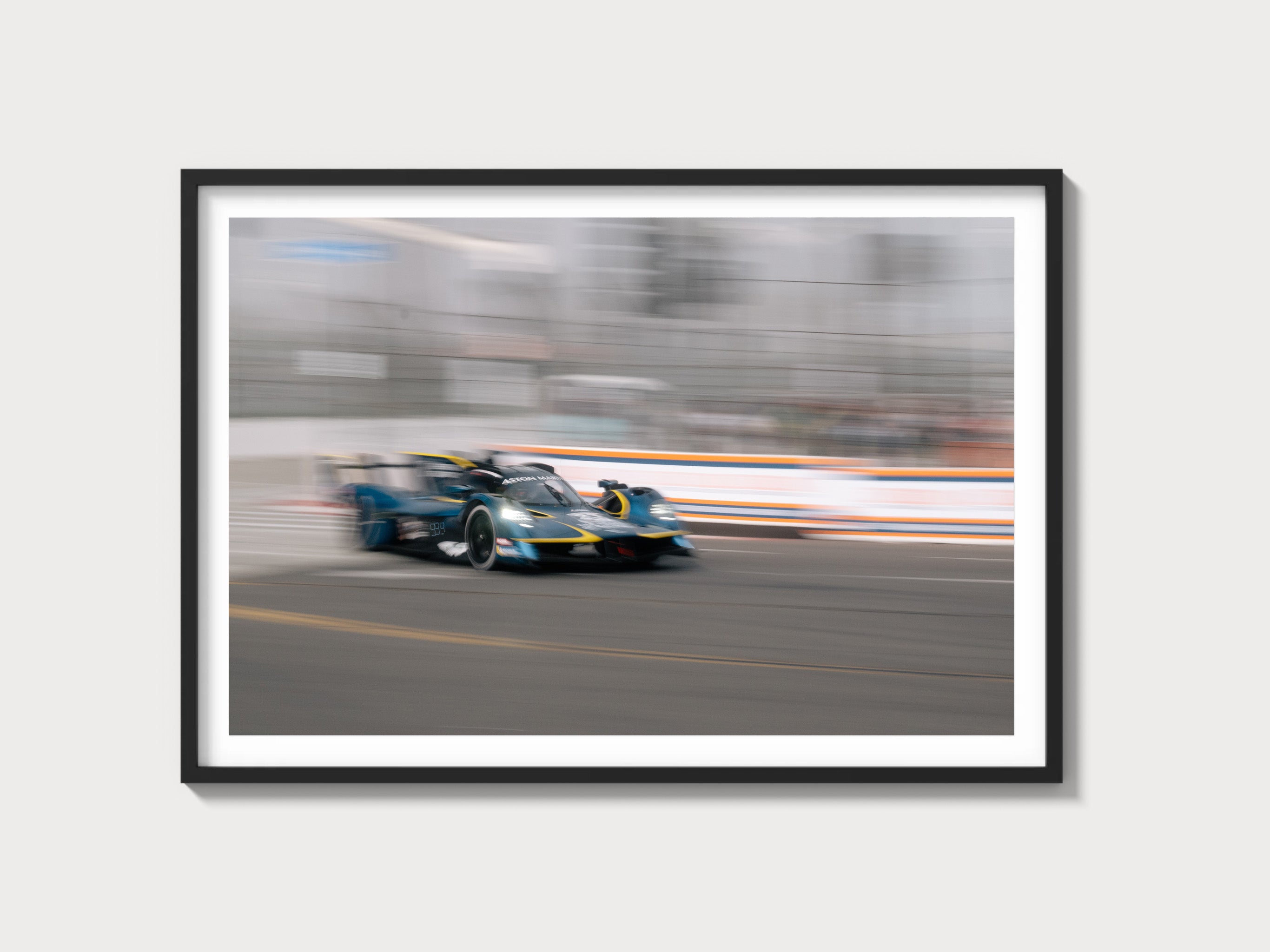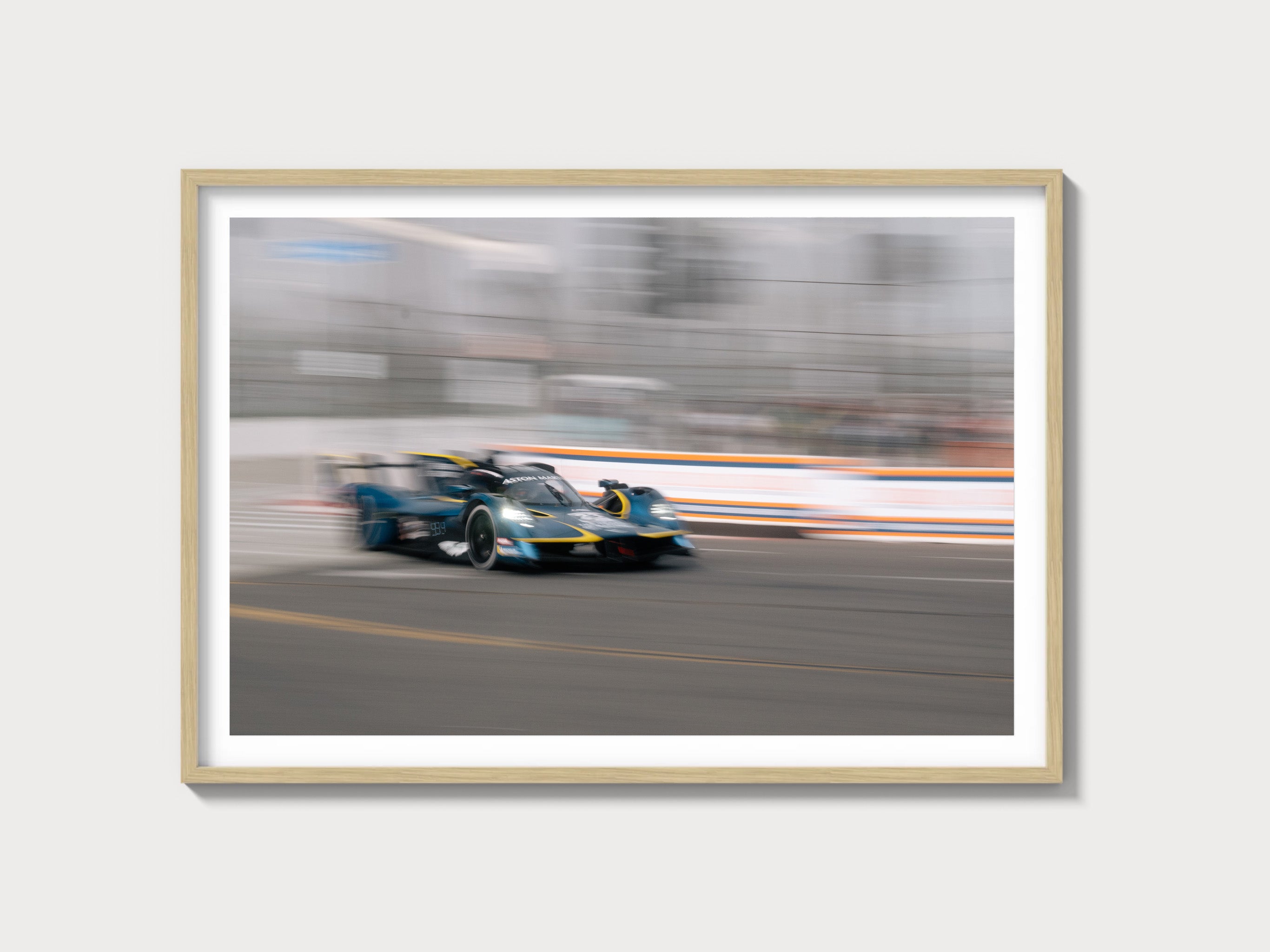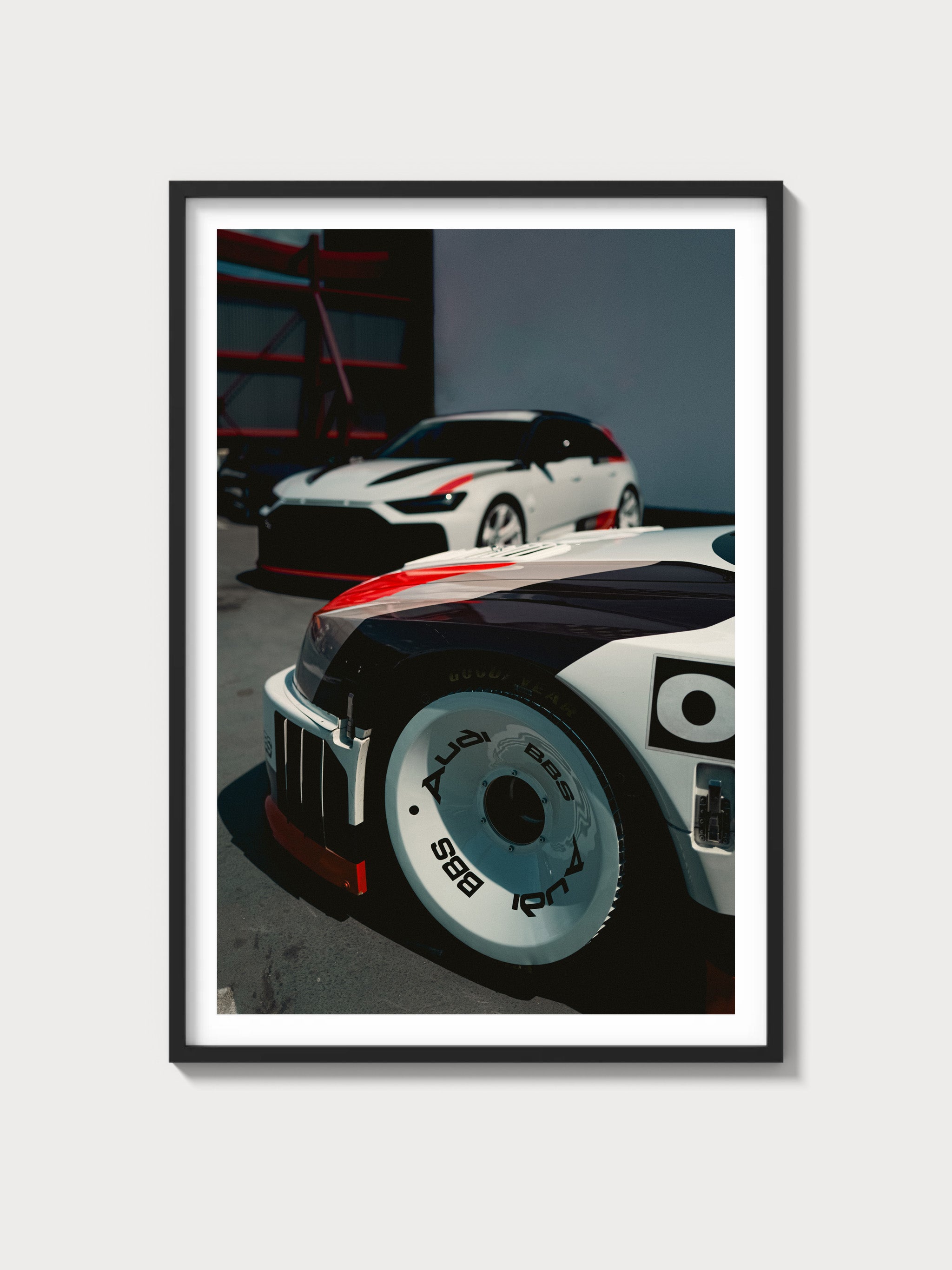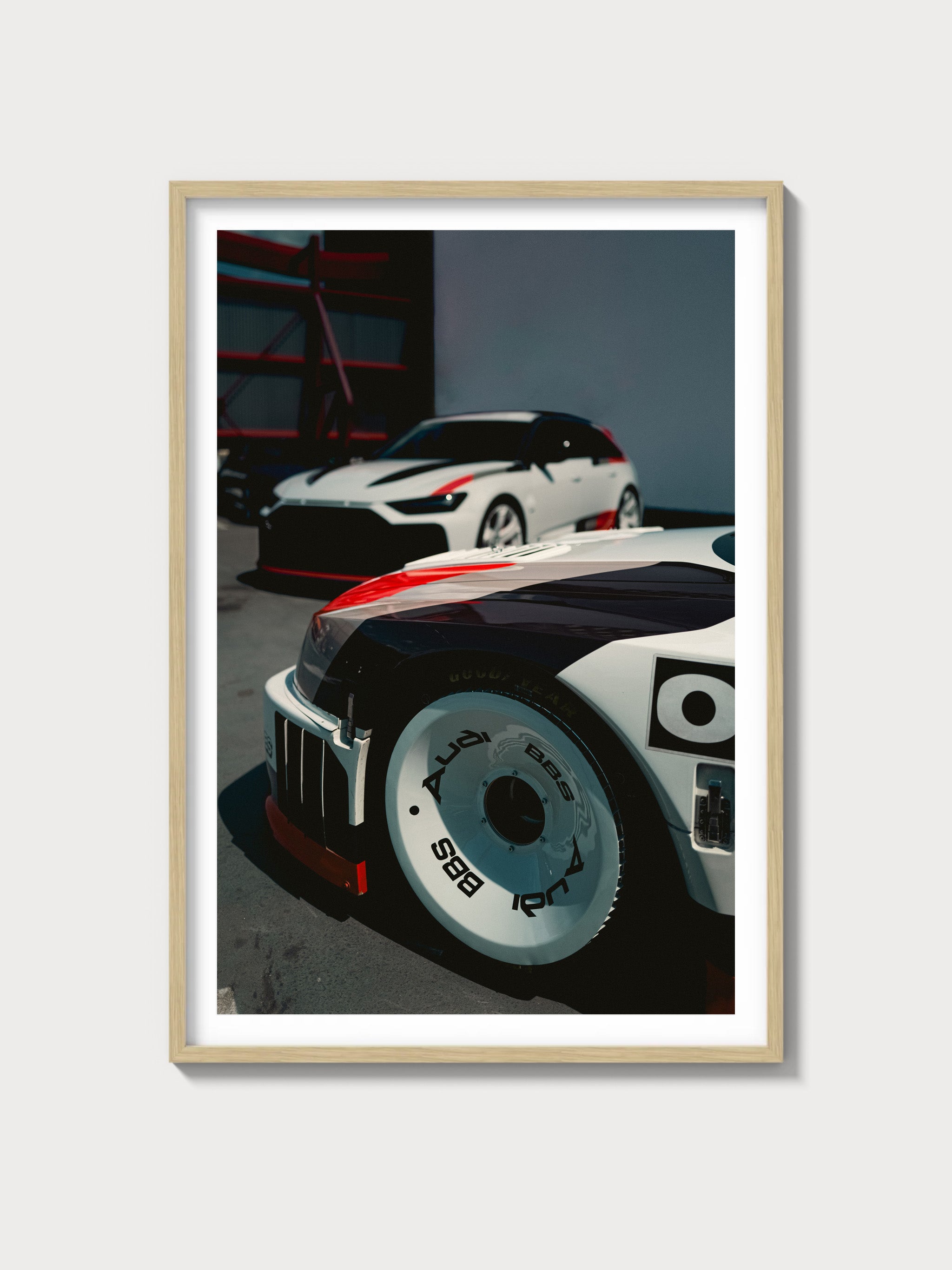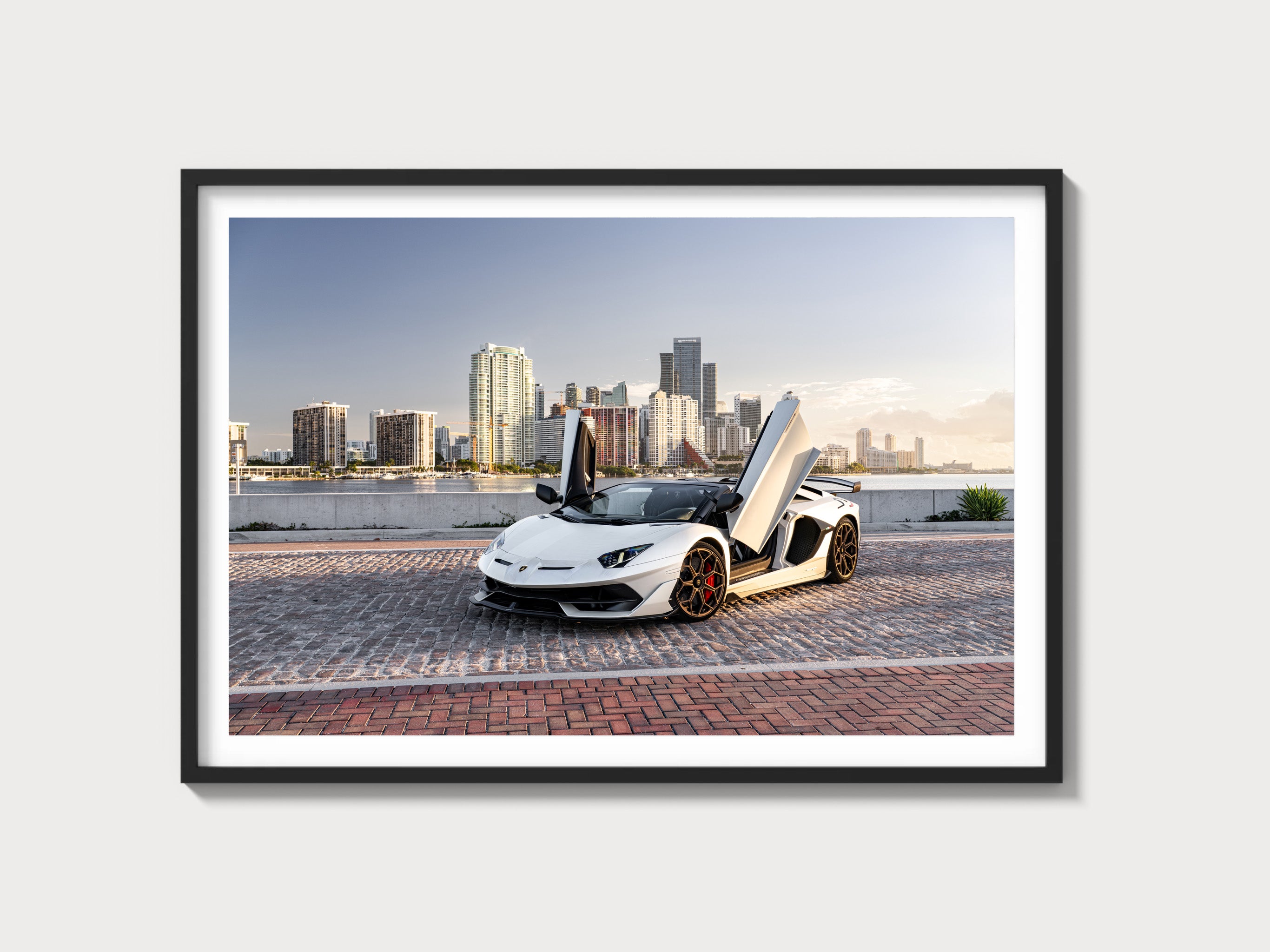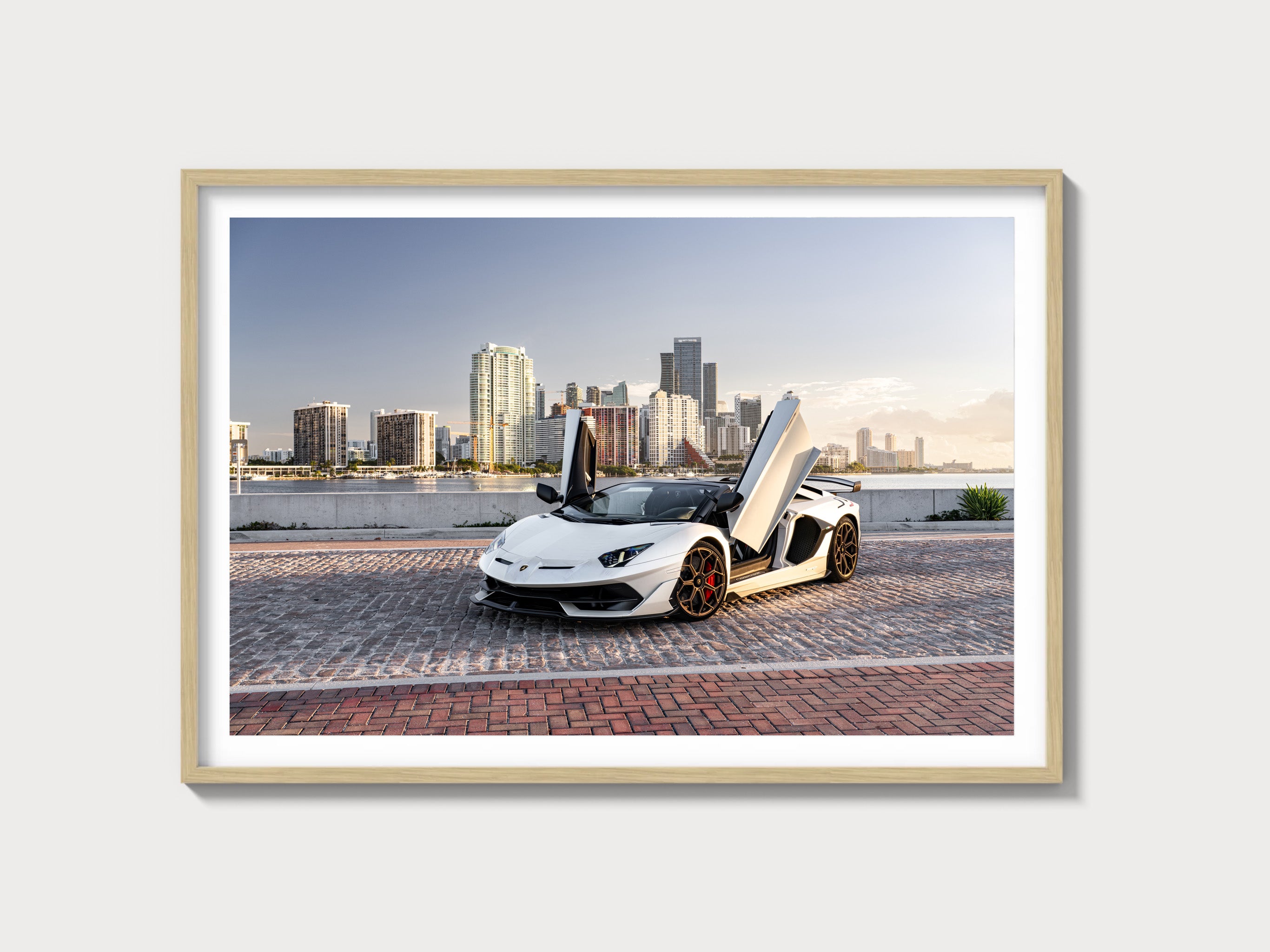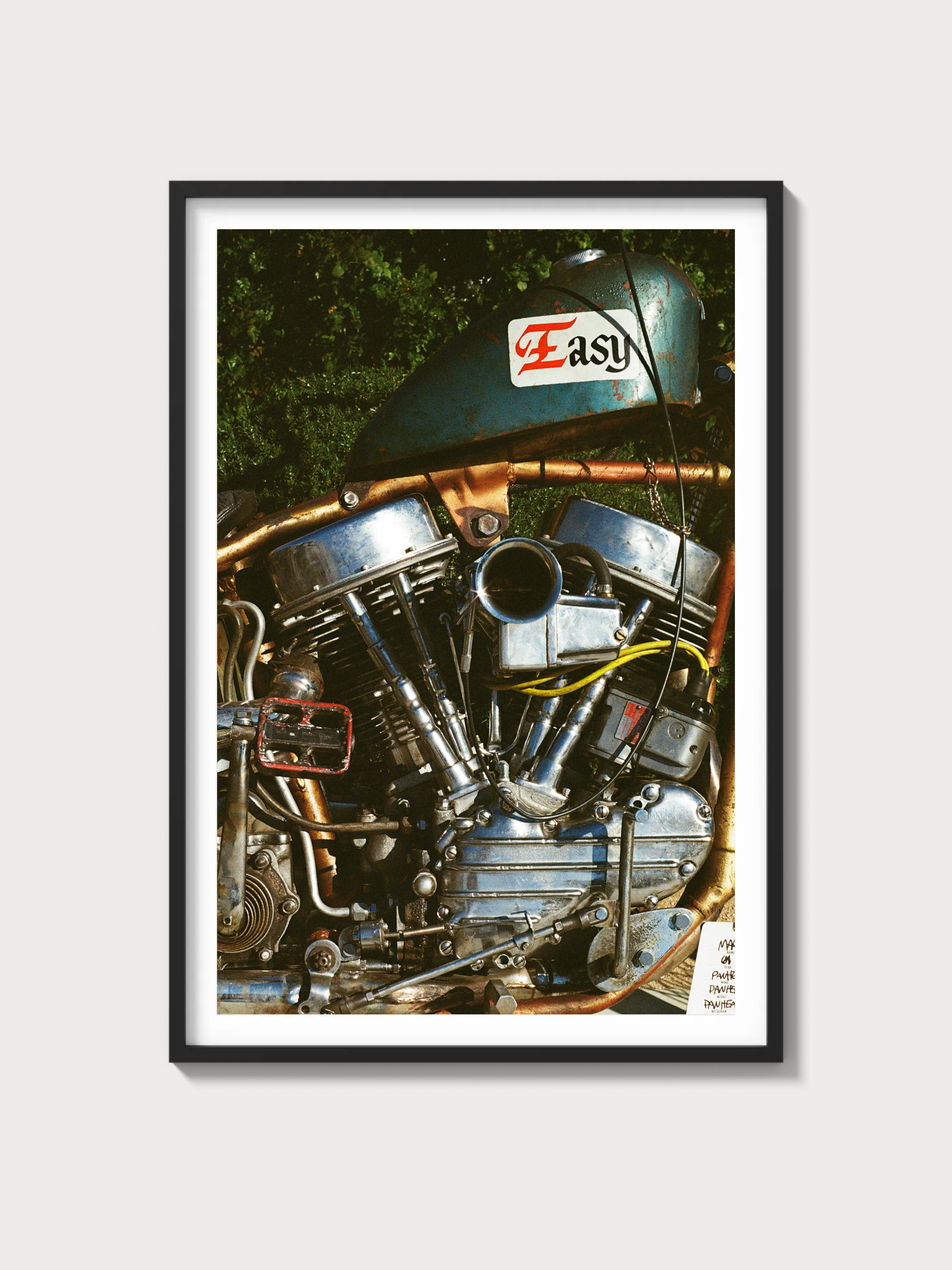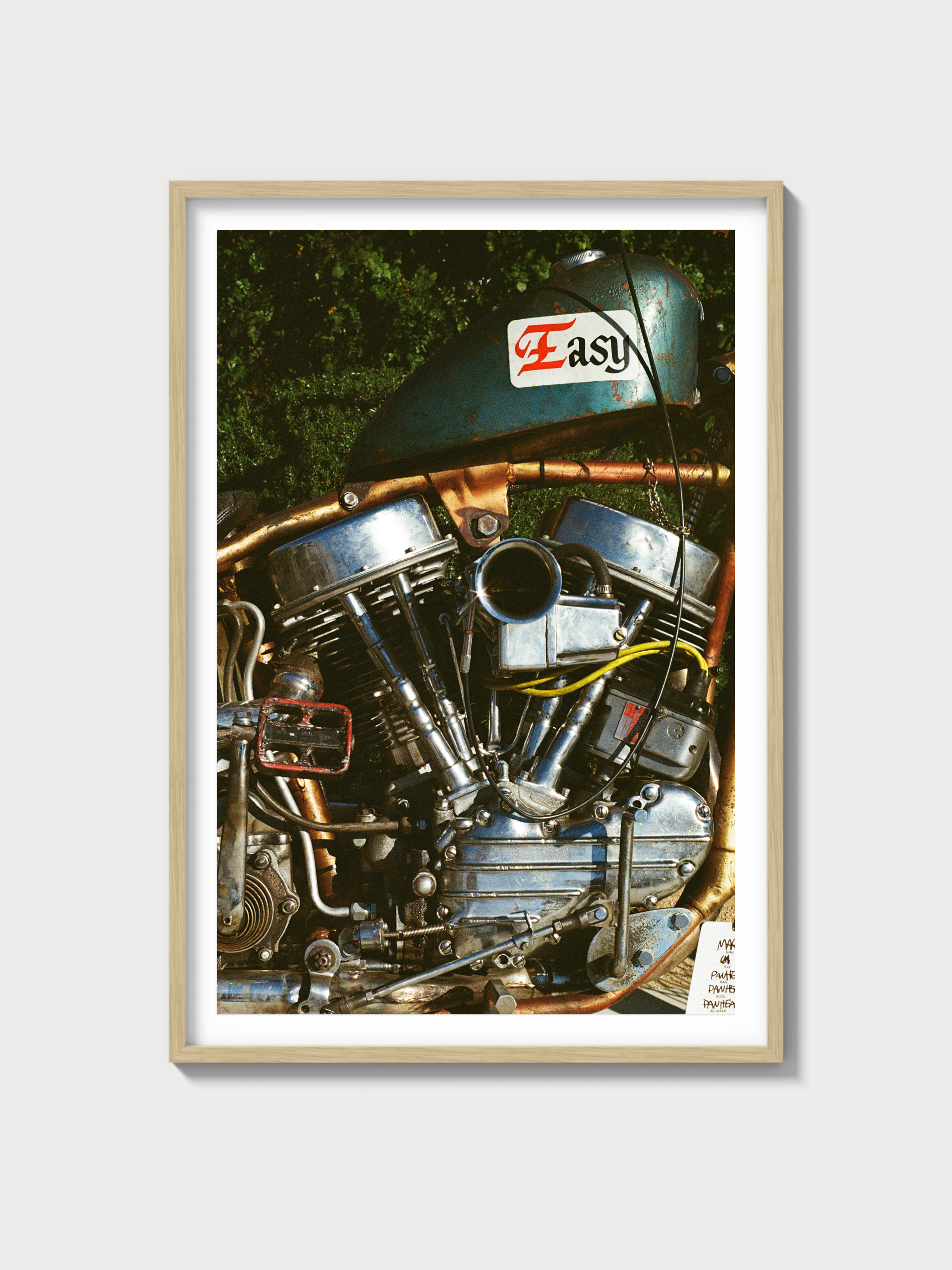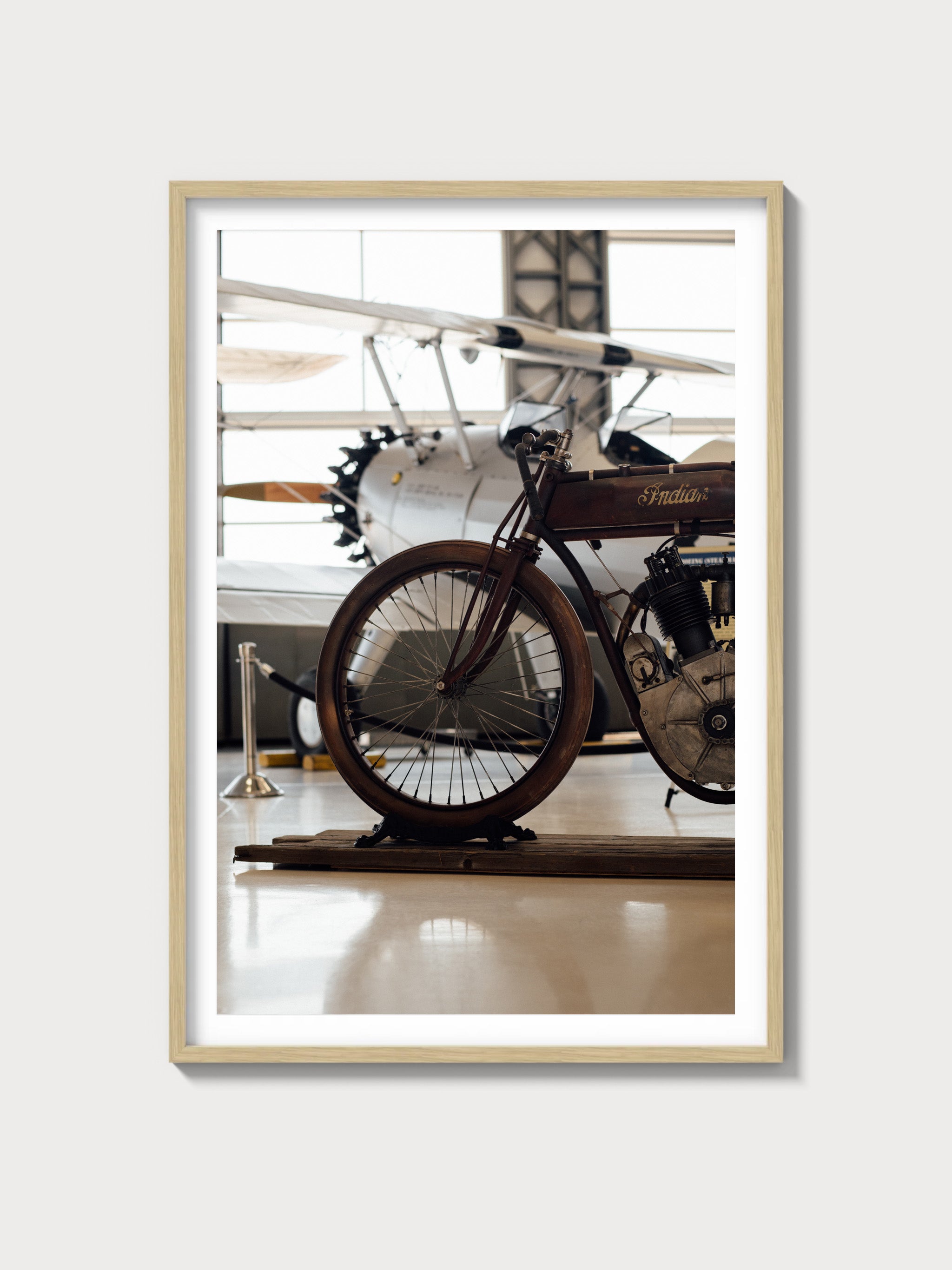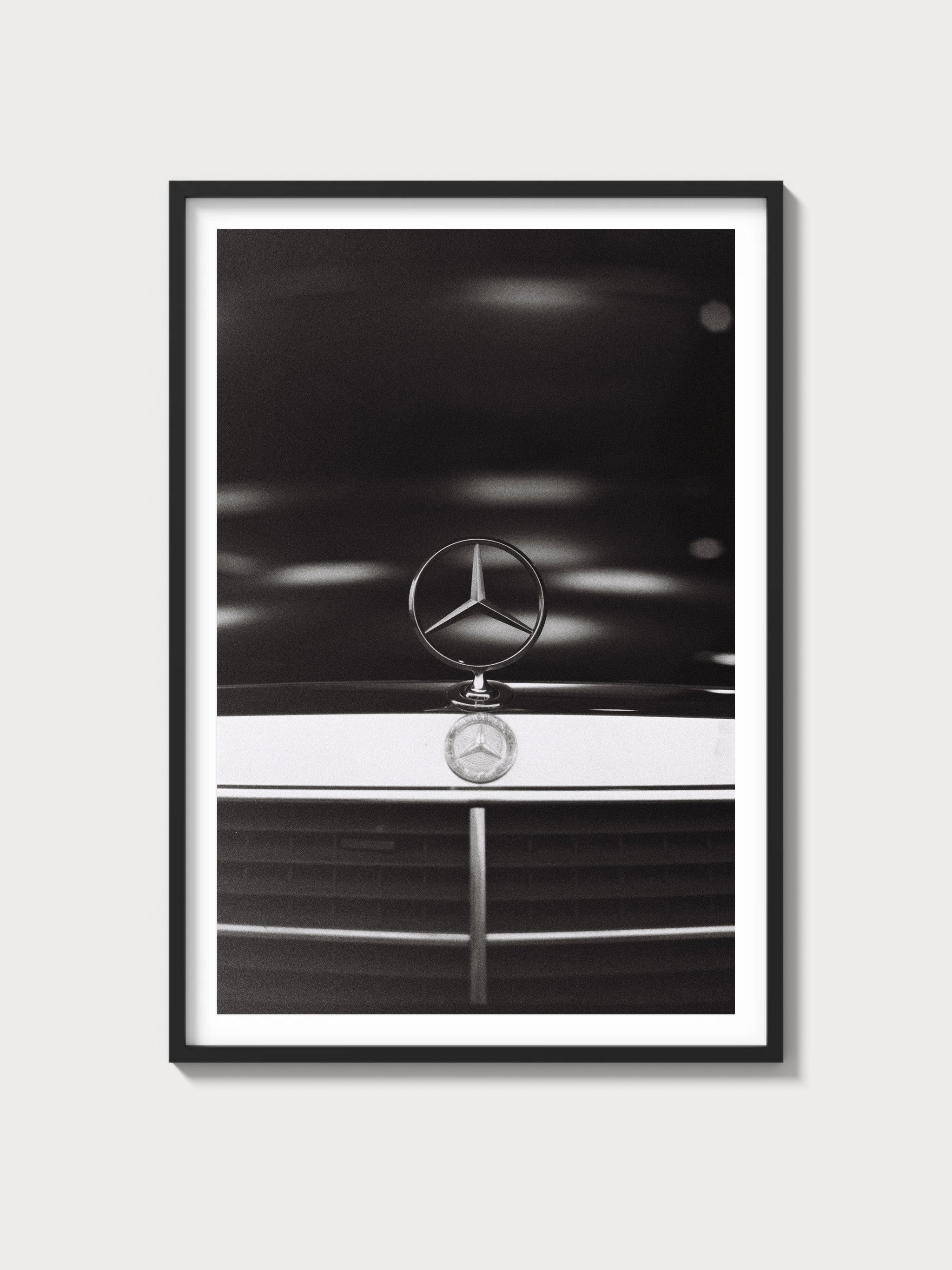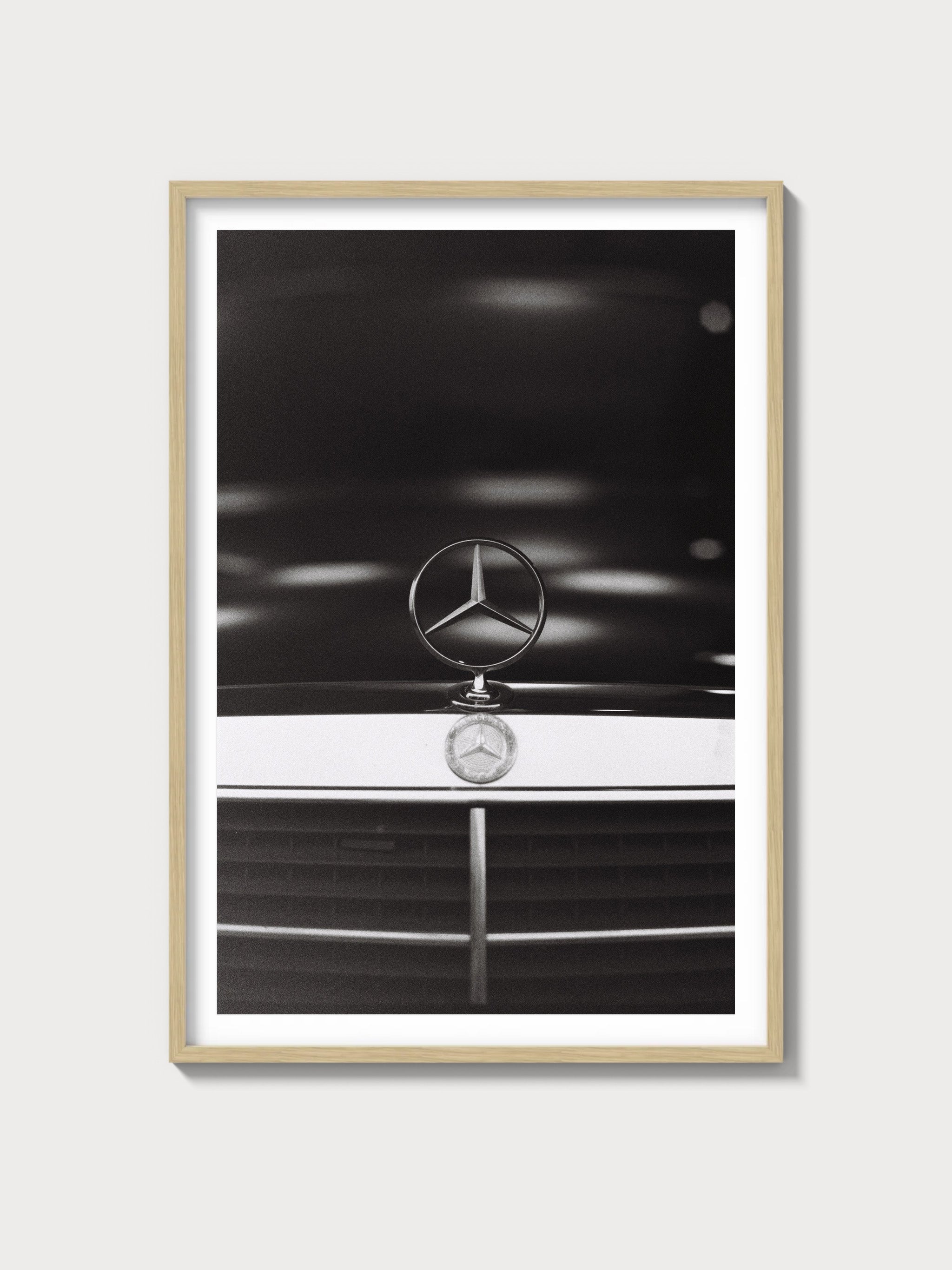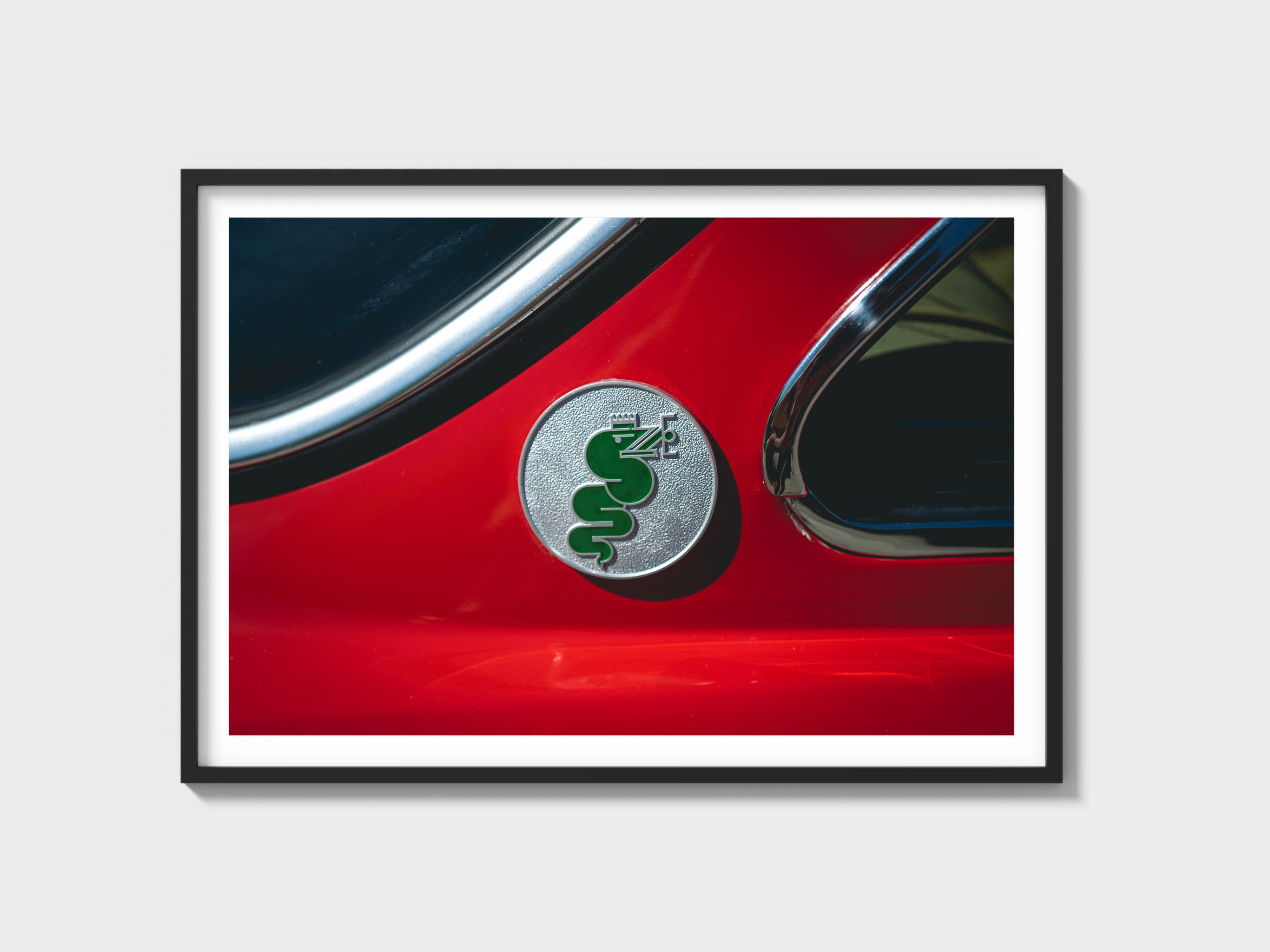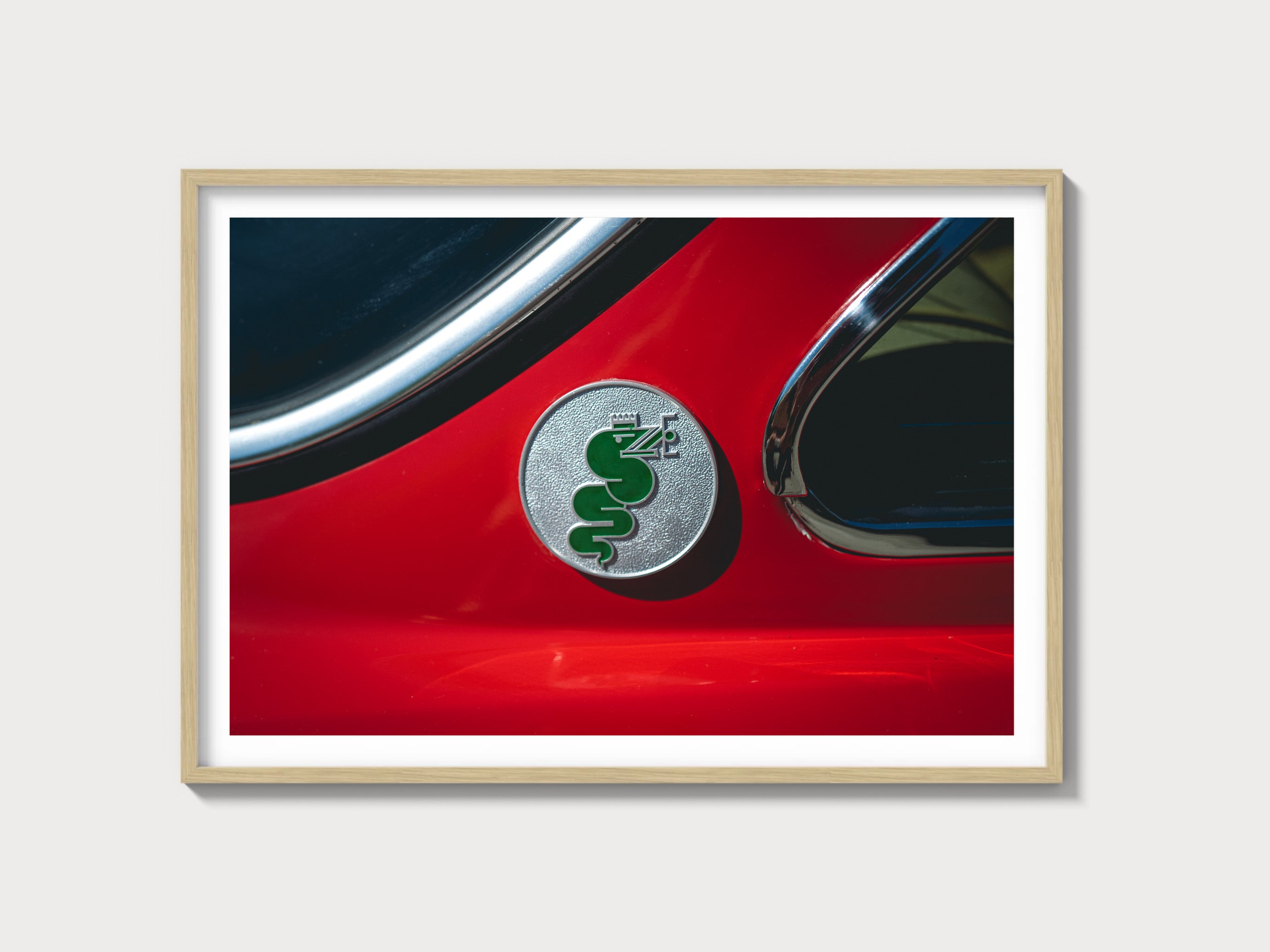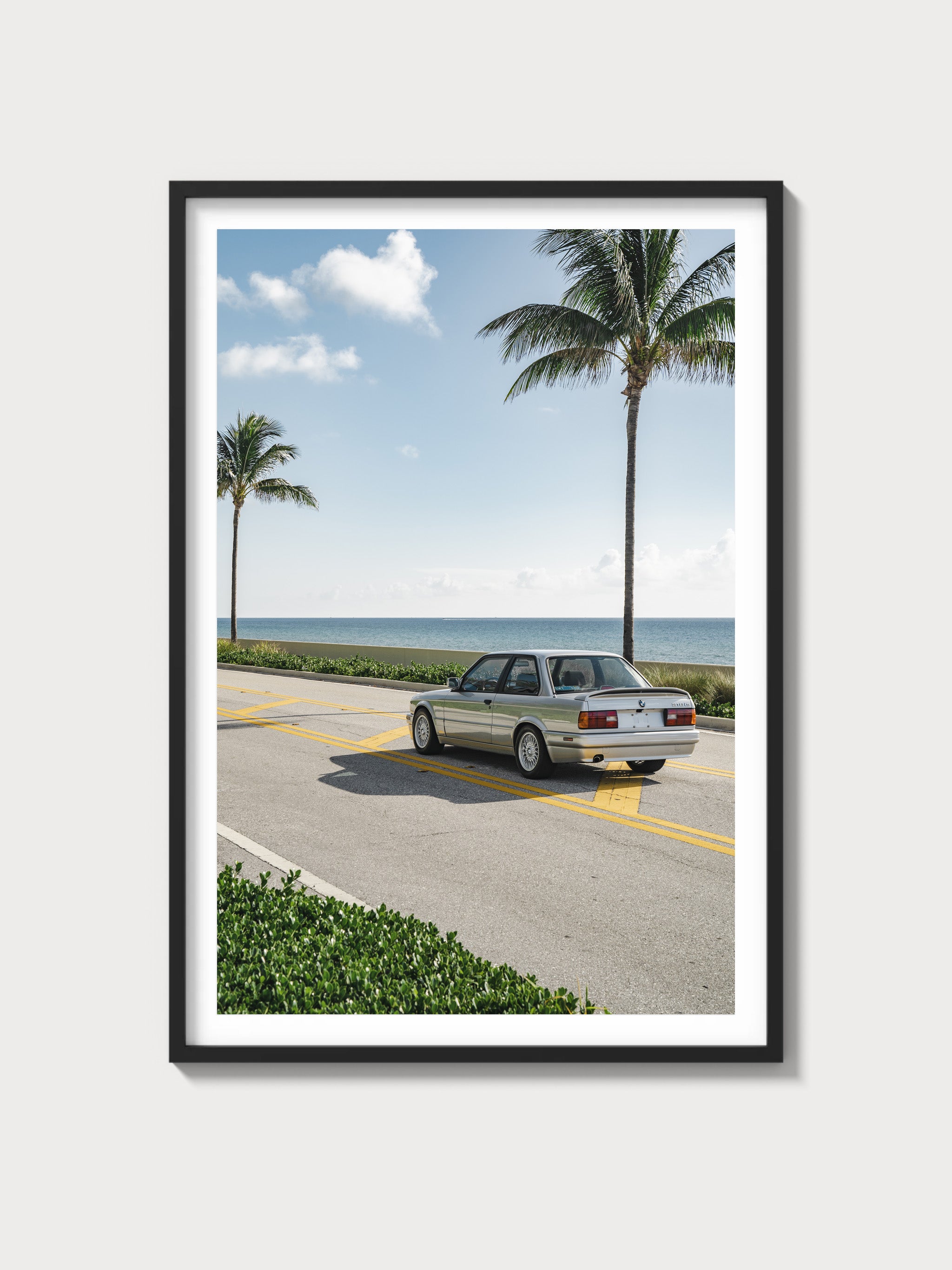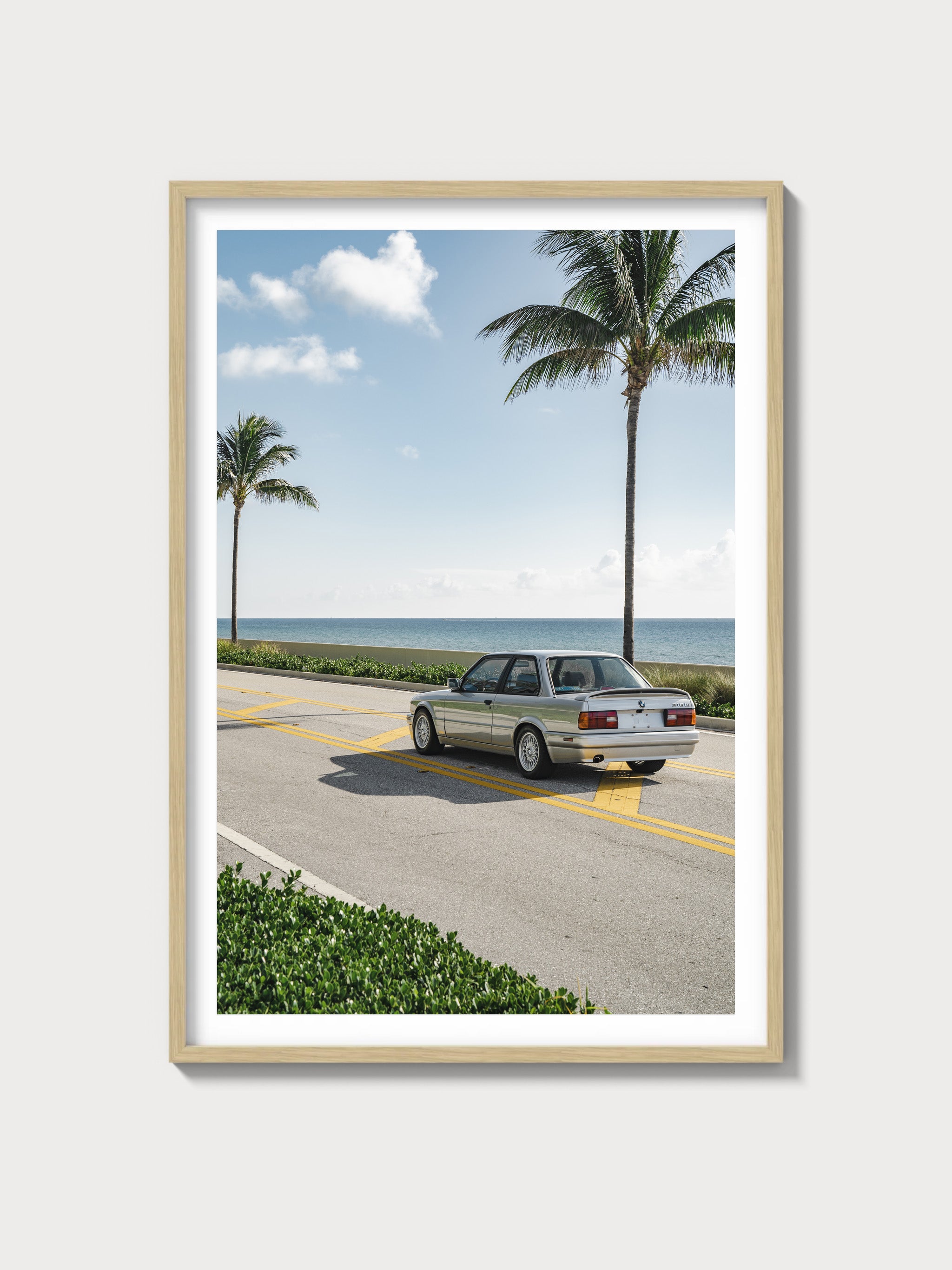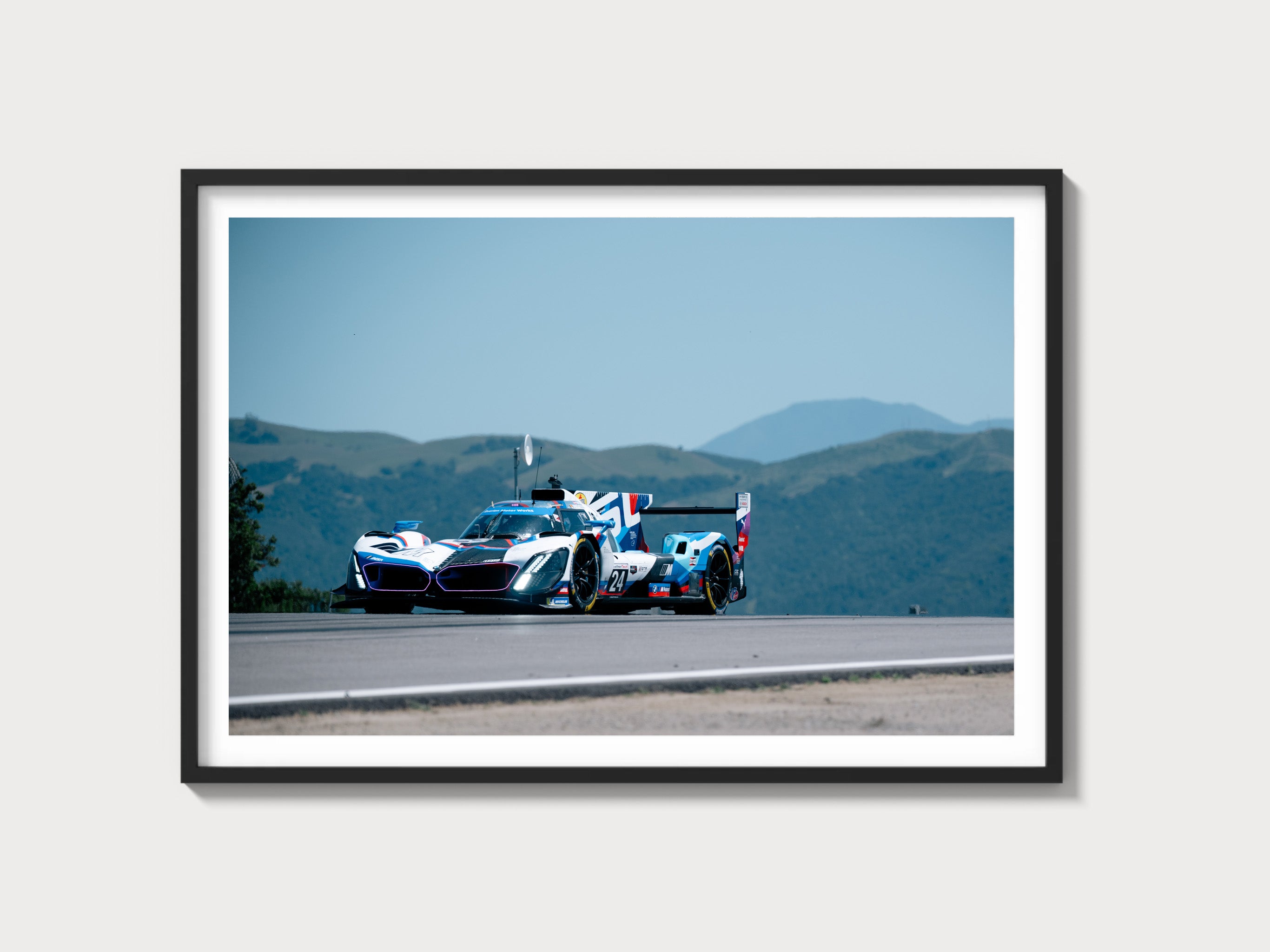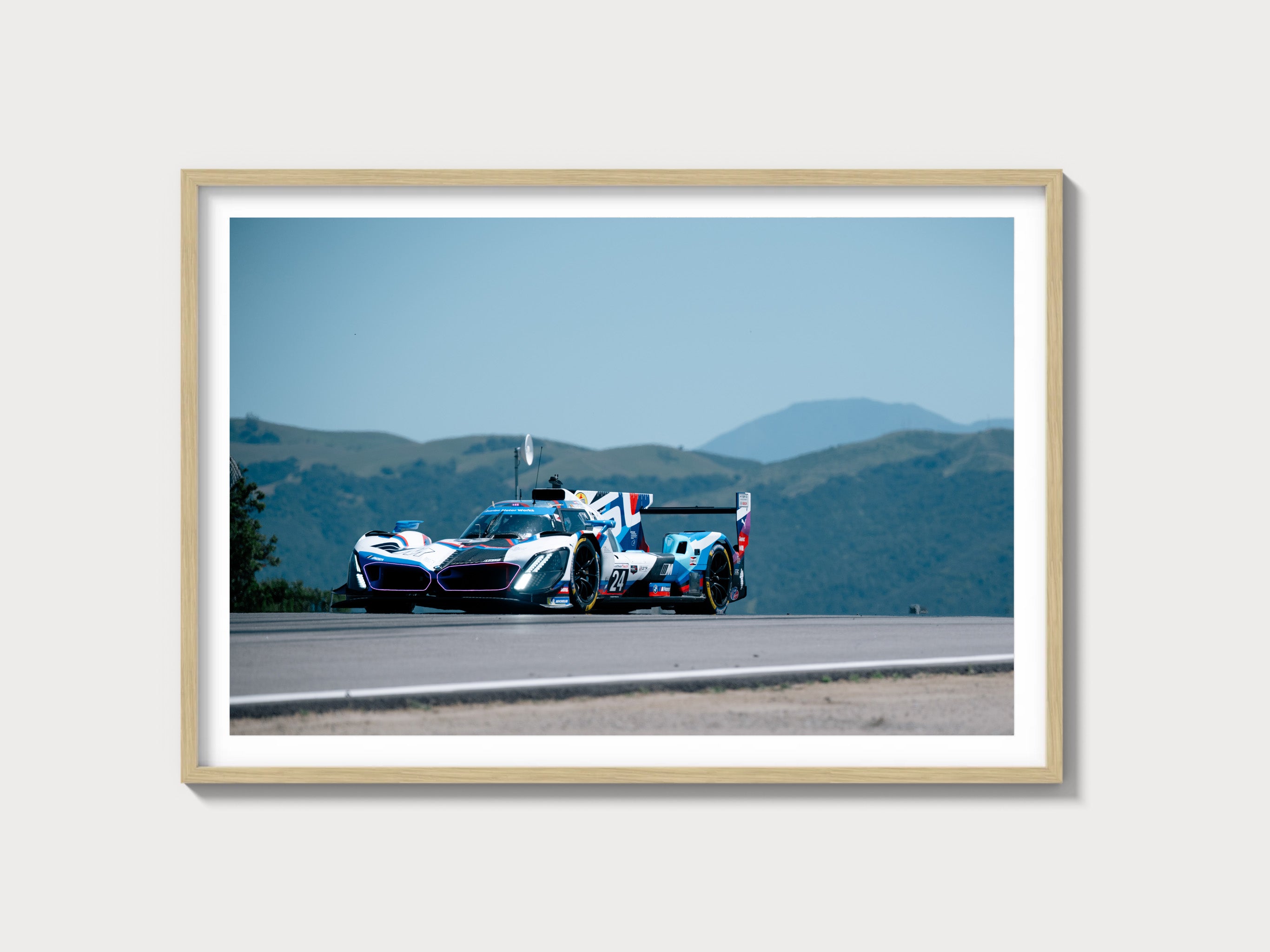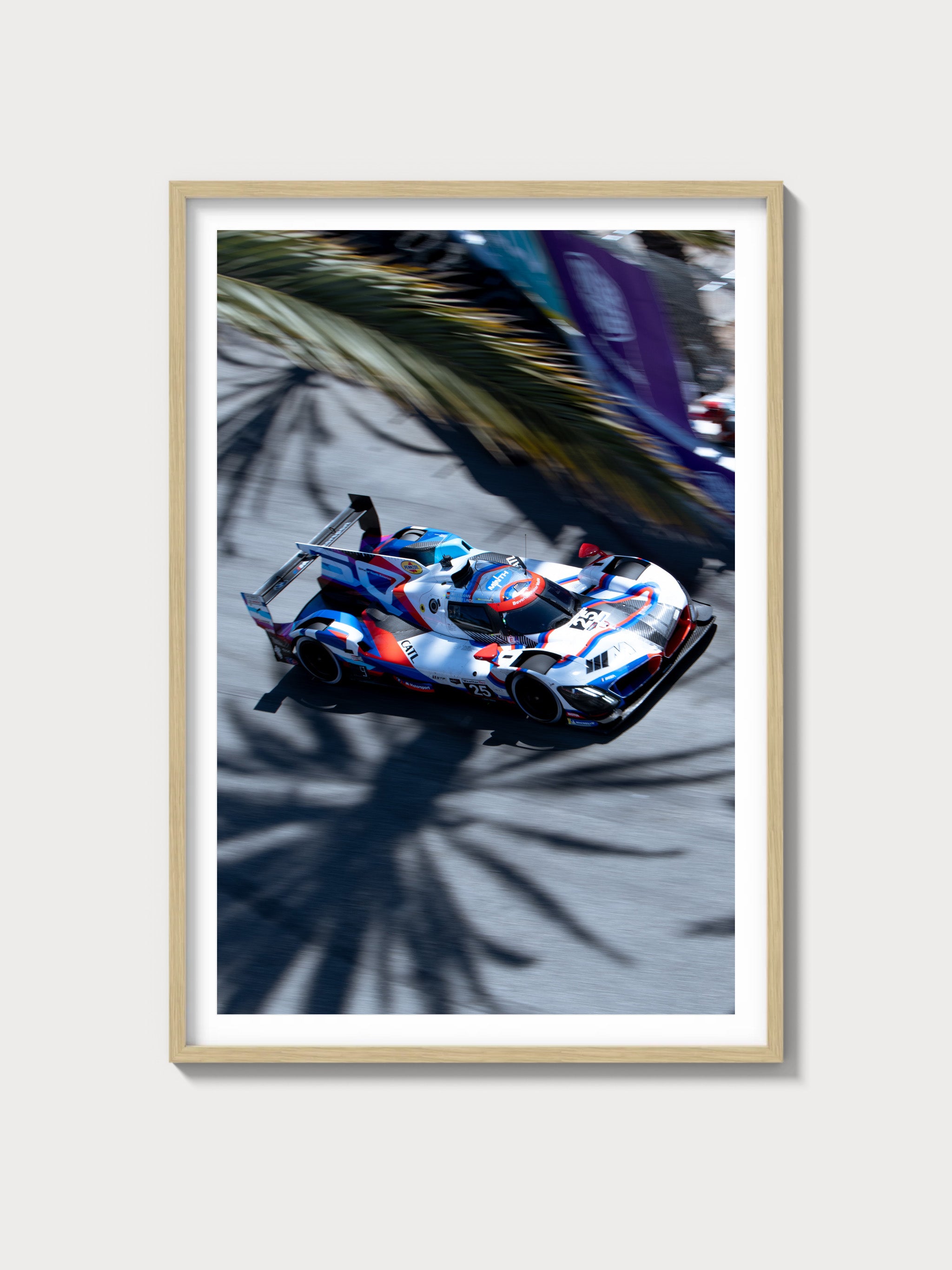Ferrari California: The Definitive History, Specs, and Legacy
Introduction: Ferrari’s First Retractable Hardtop GT
In the celebrated lineage of Ferrari’s road cars, the California, introduced in 2008, stands as a groundbreaking grand tourer—the marque’s first front-engine retractable hardtop convertible, powered by a 4.3-liter V8. Crafted by Pininfarina, this model saw approximately 17,000 units produced, succeeding the F430 as Ferrari’s entry-level offering. Named to evoke the spirit of the 1950s 250 GT California Spyder, it blended open-top versatility, luxurious refinement, and spirited performance, redefining Ferrari’s grand touring heritage.
The year 2008 was a dynamic period for Ferrari, its racing triumphs—599 GTB Fiorano, 612 Scaglietti—complementing road car innovation under Luca di Montezemolo’s leadership. Unveiled at the 2008 Paris Motor Show, the California captivated with its sleek design and versatile hardtop. This exhaustive history, penned with a Ferrari historian’s precision, explores its technical brilliance, its iconic styling, its subtle racing ties, and its enduring legacy.
Historical Context: Ferrari’s Convertible GT Revolution
The Ferrari California emerged during a transformative era for Maranello. By 2008, Ferrari’s racing pedigree—Enzo’s F1 legacy, F430’s racing success—had solidified its stature, yet the company sought to broaden its appeal with a versatile, front-engine GT convertible. The F430’s 17,500-unit run (2004-2009) had elevated the mid-engine sports car formula, but Ferrari aimed for a more accessible, luxurious offering. The California, with its 4.3L V8, retractable hardtop, and refined dynamics, answered, targeting a wider audience—new buyers, luxury enthusiasts—while rivaling the Porsche 911 Turbo Cabriolet and Mercedes-Benz SL-Class.
A total of ~17,000 units were built (2008-2017)—all retractable hardtop convertibles, reflecting robust demand. Chassis 152790, the prototype, debuted at Paris in October 2008, its elegant form signaling a new direction. This was a car for a diverse elite—European jet-setters, American coastal cruisers—its production balancing accessibility with Ferrari’s prestige amid the global financial climate of the late 2000s.
The broader context of 2008 shaped its purpose. The luxury convertible market thrived—Aston Martin DB9 Volante, Bentley Continental GTC—while buyers sought performance with open-top elegance. The California bridged Ferrari’s racing heritage, rooted in the 360 Modena, with a modern grand touring convertible.
Technical Specifications: The V8’s Versatile Power
The Ferrari California’s heart was its 4.3-liter V8—a refined powerplant designed for versatile performance and luxury. Below, we dissect its engineering with historian’s detail.
Engine: The 4.3-Liter F136 V8
Displacing 4,297 cc (bore 94 mm, stroke 77.4 mm), the California’s V8 was a front-mounted, all-aluminum unit with a 90-degree V-angle, featuring four valves per cylinder (double overhead camshafts per bank), an 11.9:1 compression ratio, and direct fuel injection (Ferrari’s first production use). It produced 460 horsepower at 7,500 rpm—a 30 hp drop from the F430’s 490 hp for smoother delivery. Weighing 320 lbs, it delivered 358 lb-ft of torque at 5,000 rpm.
This engine was a GT standout. Chassis 155876, a 2009 model, showcased its refined yet potent power, balancing spirited performance with cruising comfort.
Performance: Versatile GT Speed
The California reached 193 mph (310 km/h)—verified by Autocar’s 2009 test—matching the F430 Spider’s 193 mph, with a 0-60 mph time of ~3.8 seconds, slightly slower than the F430’s 4.2 seconds due to added weight. Its power-to-weight ratio (282 hp/ton) trailed the F430 (338 hp/ton), offering a luxurious yet dynamic GT experience.
Chassis and Suspension: Front-Engine Precision
The chassis was an aluminum spaceframe, weighing 1,630 kg (3,593 lbs)—180 kg heavier than the F430 due to the hardtop mechanism. Its 2,670 mm wheelbase (70 mm longer than the F430) enhanced stability, with fully independent suspension—double wishbones front, multilink rear, with coil springs and magnetorheological dampers—delivering a plush, controlled ride.
Transmission and Brakes: Smooth Dynamics
A 7-speed dual-clutch transmission (Ferrari’s first)—rear-mounted, transaxle design—drove the rear wheels, its ratios (1st: 2.93, 7th: 0.76) favoring versatility, with paddle-shift operation. Braking relied on 14-inch carbon-ceramic disc brakes with ABS, delivering 1.1g deceleration—robust for its weight.
| Specification | Details |
|---|---|
| Engine | 4.3L V8, 460 hp @ 7,500 rpm |
| Displacement | 4,297 cc (94 mm x 77.4 mm) |
| Top Speed | ~193 mph (310 km/h) |
| 0-60 mph | ~3.8 seconds |
| Weight | 1,630 kg (3,593 lbs) |
| Transmission | 7-speed dual-clutch, paddle-shift |
| Suspension (Front) | Double wishbone, coil springs, magnetorheological dampers |
| Suspension (Rear) | Multilink, coil springs, magnetorheological dampers |
| Brakes | Carbon-ceramic discs, 14-inch, ABS |
Design and Styling: Pininfarina’s Elegant Convertible
The Ferrari California’s aesthetic was a Pininfarina triumph, blending GT elegance with convertible flair.
Exterior: Sleek Hardtop Design
Pininfarina built all ~17,000 units—chassis 152790 featured a smooth profile, stacked headlights, and a retractable hardtop (14-second operation), finished in Blu California. Its 2,670 mm wheelbase and aluminum body offered a sleek, versatile stance, with subtle vents enhancing its modern appeal.
Interior: Luxurious GT Cabin
The cabin was a refined retreat: leather bucket seats (tan or black), a digital dash, and Veglia gauges—tachometer (8,000 rpm redline), speedometer, oil pressure. Chassis 155876’s interior, with premium materials and a 6.5-inch touchscreen, offered luxury beyond the F430, contrasting the 599 GTB Fiorano’s raw focus.
Production and Variants: A GT Success
The Ferrari California’s ~17,000-unit run (2008-2017) included the standard model and the California T (2014, turbocharged), with no major racing variants. Chassis 152790 launched the series, while 169876 closed it, transitioning to the Portofino. Its focus remained road luxury—no racing versions emerged.
Performance and Racing Legacy: A Tourer’s Quiet Charm
The Ferrari California racing history was negligible, its grand touring ethos dominant. Chassis 154321, tuned to 470 hp, ran private track events, but no official races ensued. Its true domain was scenic drives—Riviera, Pacific Coast—where its 193 mph top speed and smooth handling excelled.
Ownership and Market Value: A Modern Classic
The Ferrari California value reflects its versatile appeal. Early owners included European luxury buyers and U.S. coastal elites. Today, prices range $80,000-$120,000—chassis 152790 sold for $110,000 at RM Sotheby’s 2023. Restoration costs—V8 rebuilds at $90,000—highlight its enduring popularity.
Cultural Impact: Ferrari’s Convertible GT Milestone
The California introduced Ferrari’s first retractable hardtop convertible, its V8 and versatile design influencing the Portofino. In 2000s lore, it’s the car of open-top luxury and spirited performance, a milestone in Ferrari’s grand touring heritage.
Comparisons: Ferrari California vs Rivals
The Ferrari California vs Porsche 911 Turbo Cabriolet pits 460 hp V8 against 480 hp flat-6—Ferrari led in style, Porsche in agility. The Mercedes-Benz SL63 AMG (518 hp) matched in power but trailed in prestige.
| Model | Engine | Power | Weight | Top Speed |
|---|---|---|---|---|
| Ferrari California | 4.3L V8 | 460 hp | 1,630 kg | ~193 mph |
| Porsche 911 Turbo Cabriolet | 3.6L Flat-6 Turbo | 480 hp | 1,650 kg | ~193 mph |
| Mercedes-Benz SL63 AMG | 6.2L V8 | 518 hp | 1,845 kg | ~186 mph |
Frequently Asked Questions
What was the Ferrari California?
A 2008 4.3L V8 front-engine retractable hardtop convertible.
How many were made?
~17,000 units.
What engine powered it?
4,297 cc V8, 460 hp.
Did it race?
Rarely—built for touring.
What’s its value?
$80,000-$120,000.

